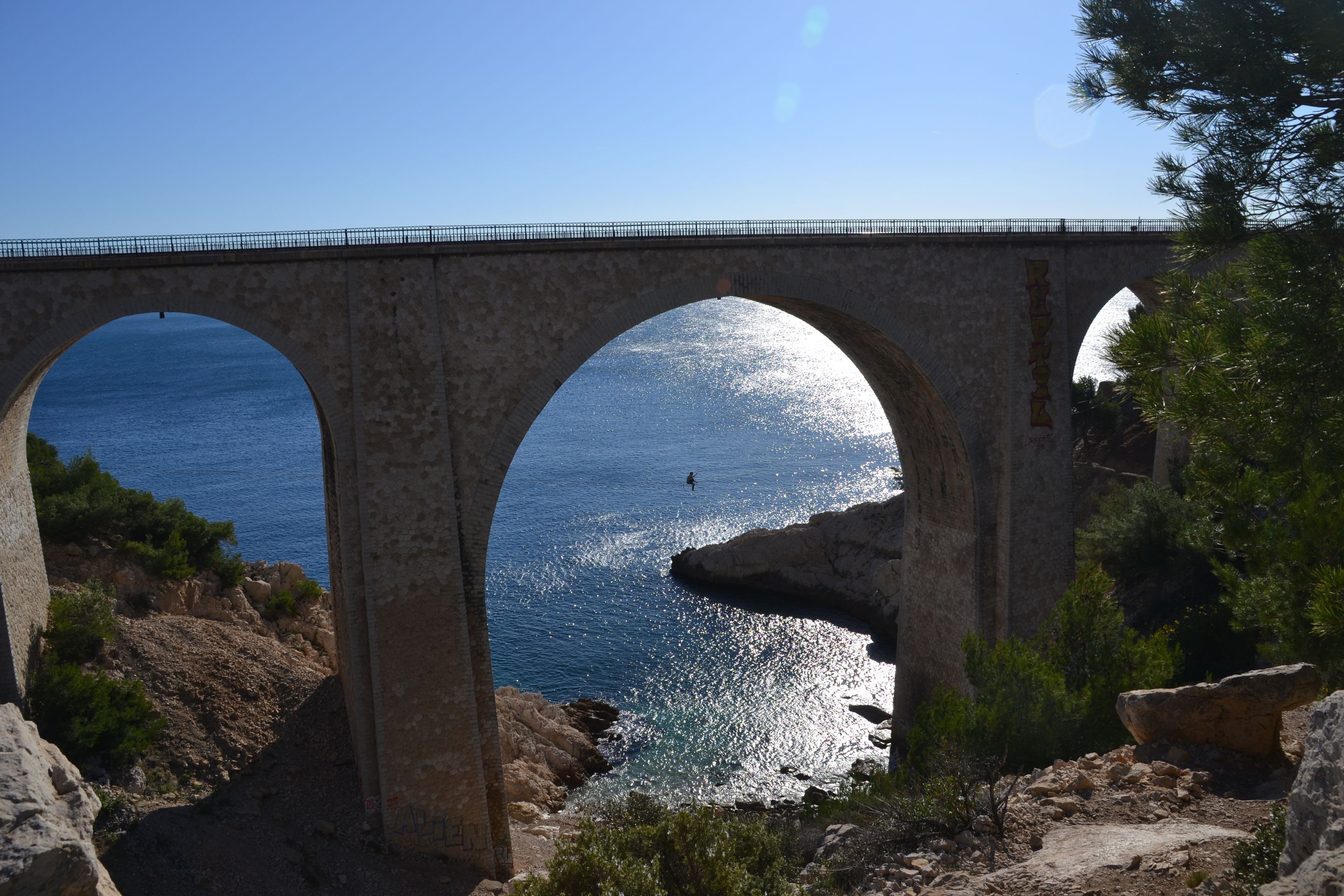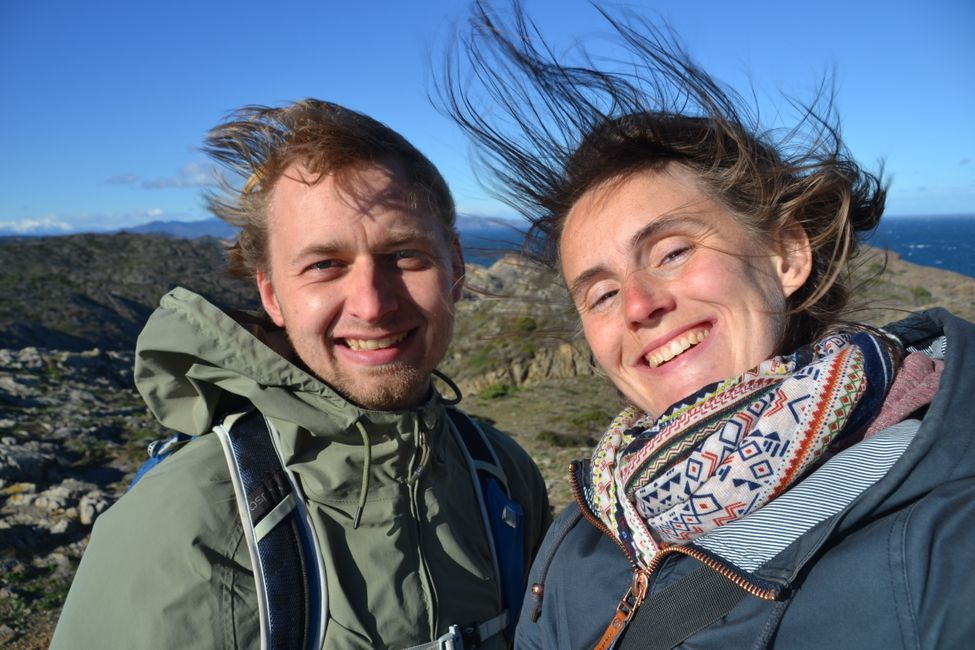#72 Mosque-Church, Cathedral Mosque or simply Temple?
ที่ตีพิมพ์: 20.02.2022
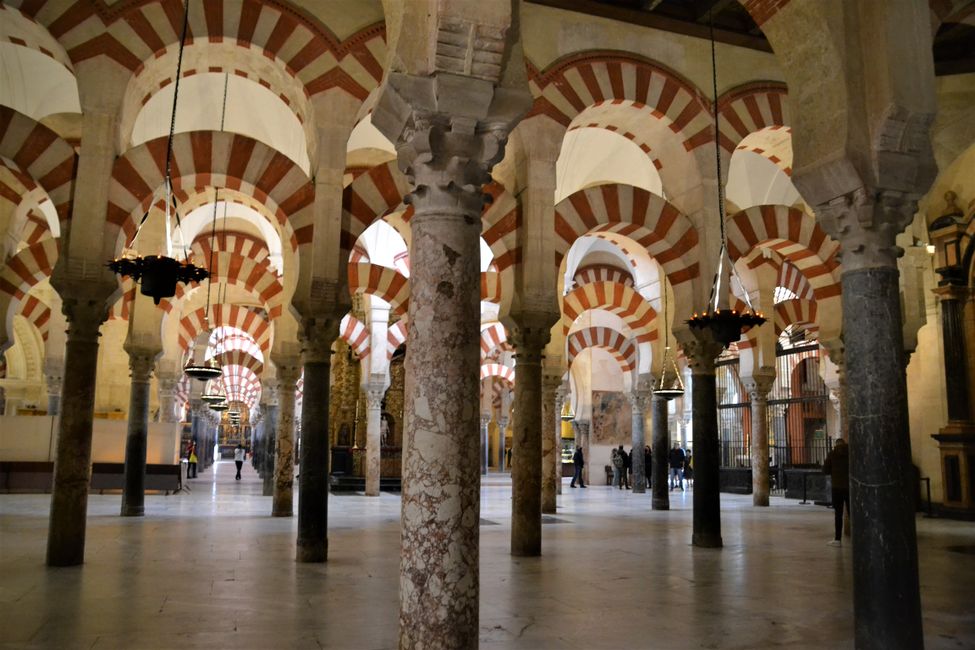
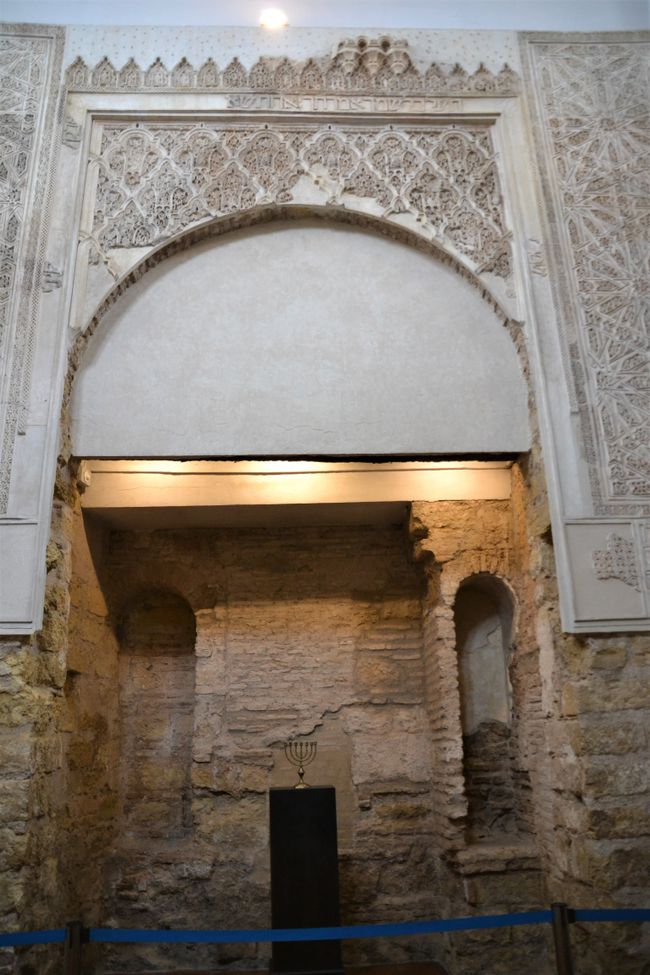
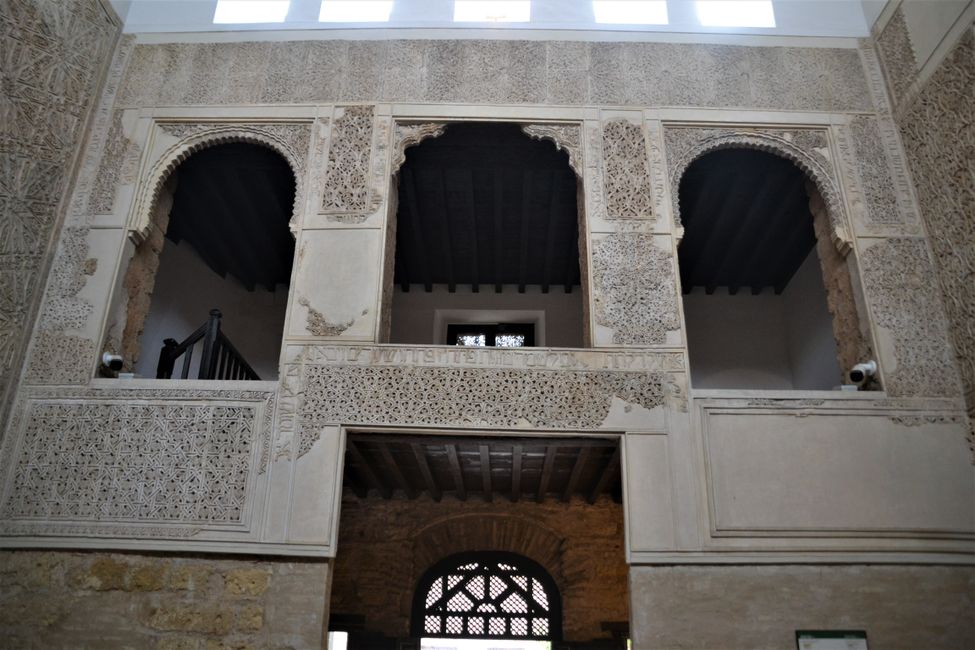
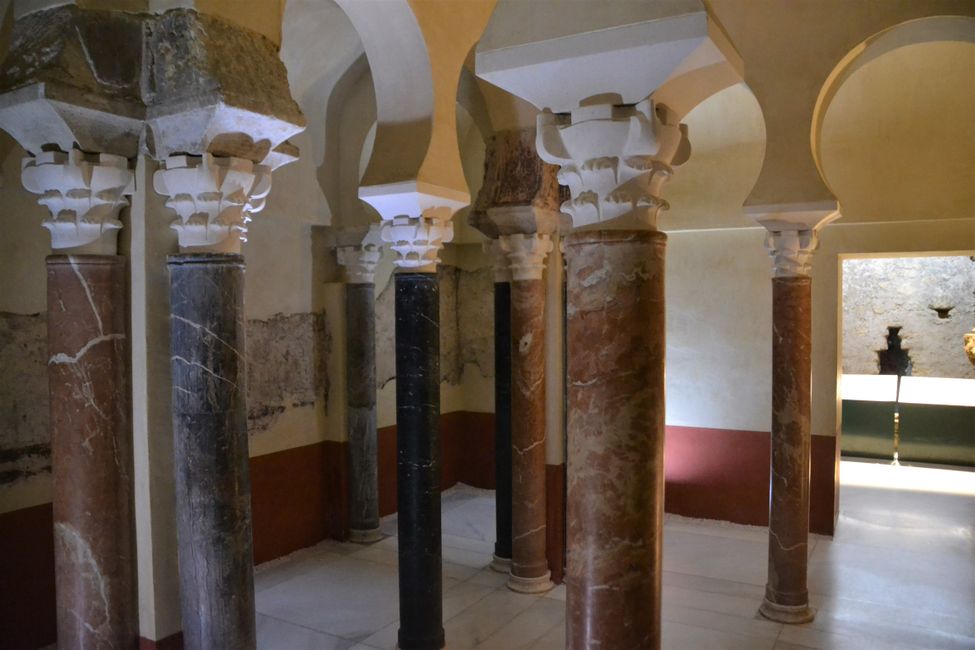
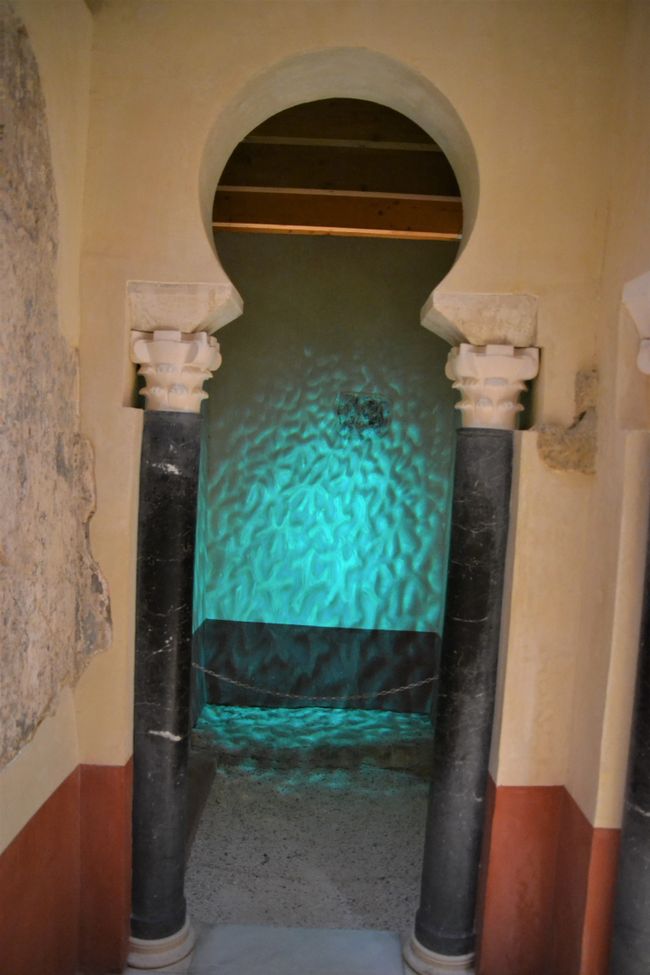
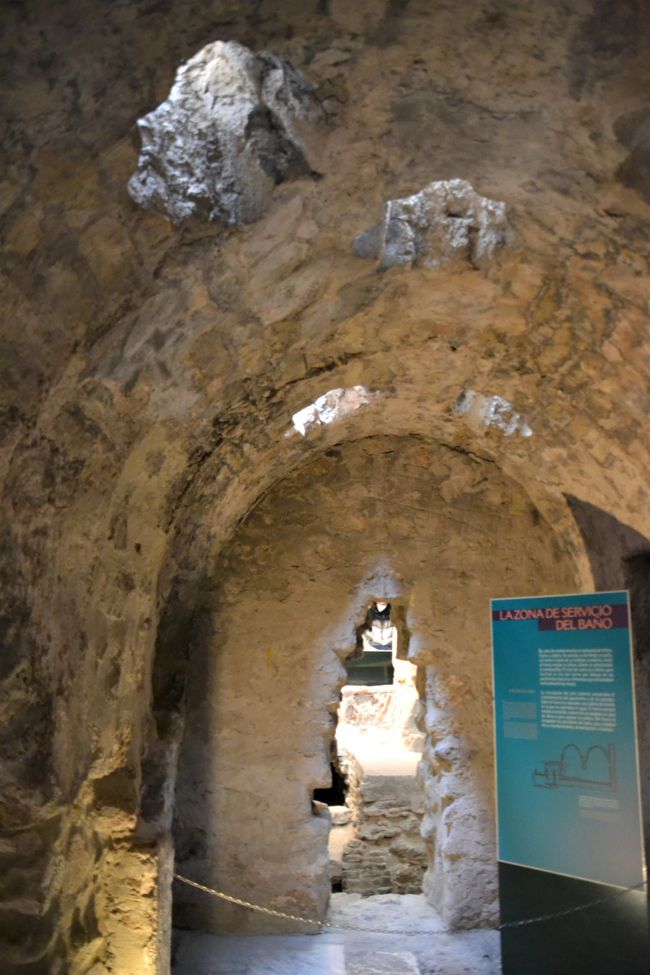
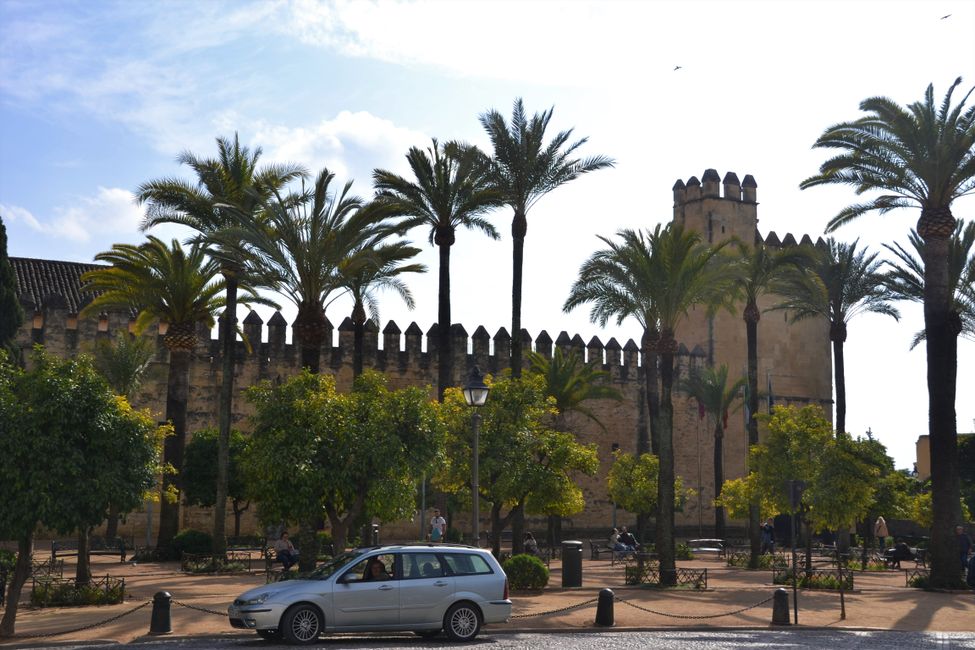
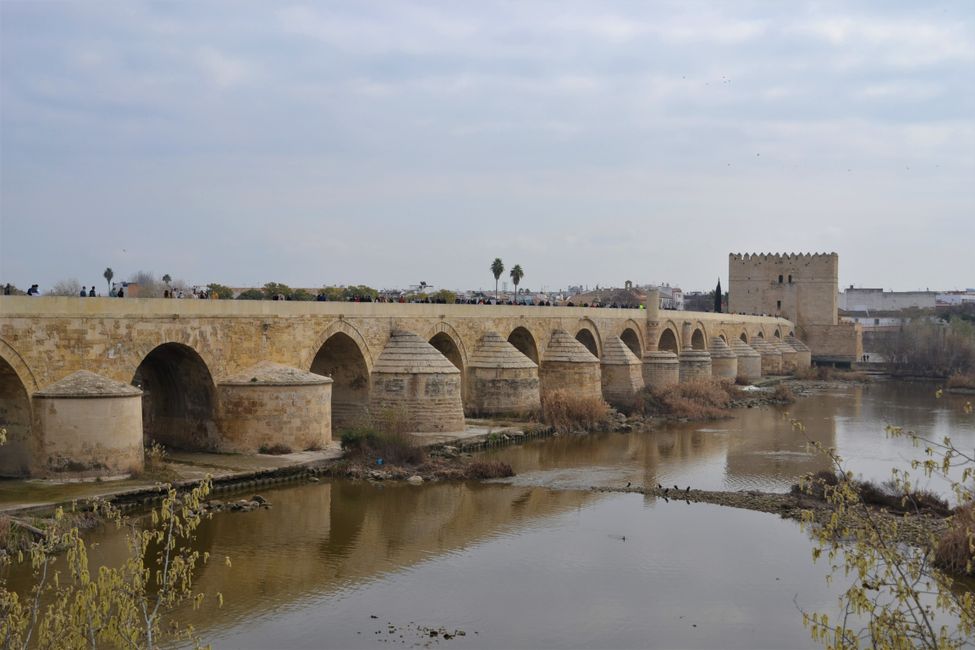
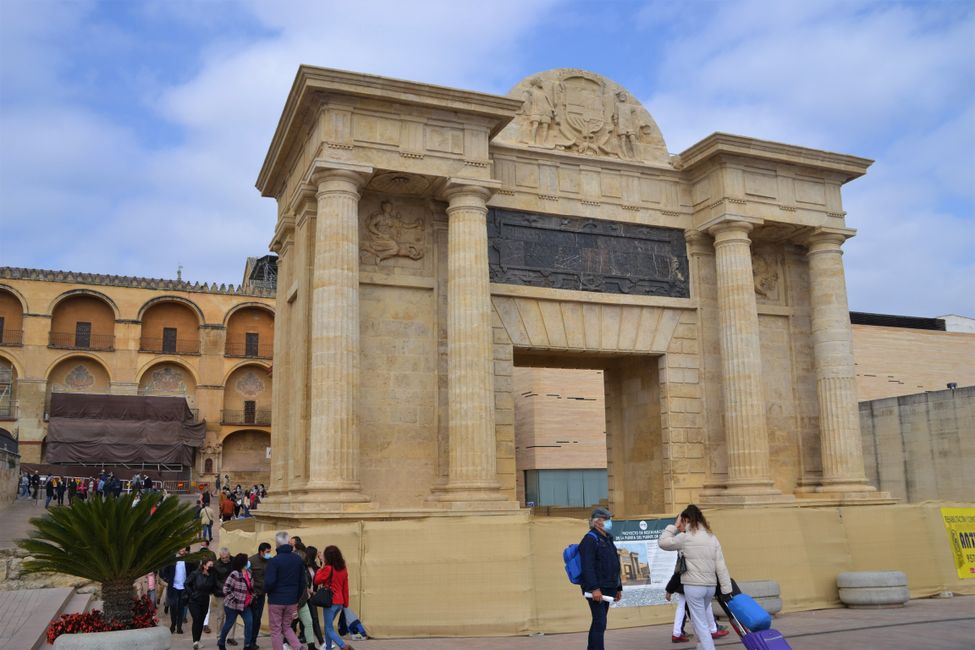
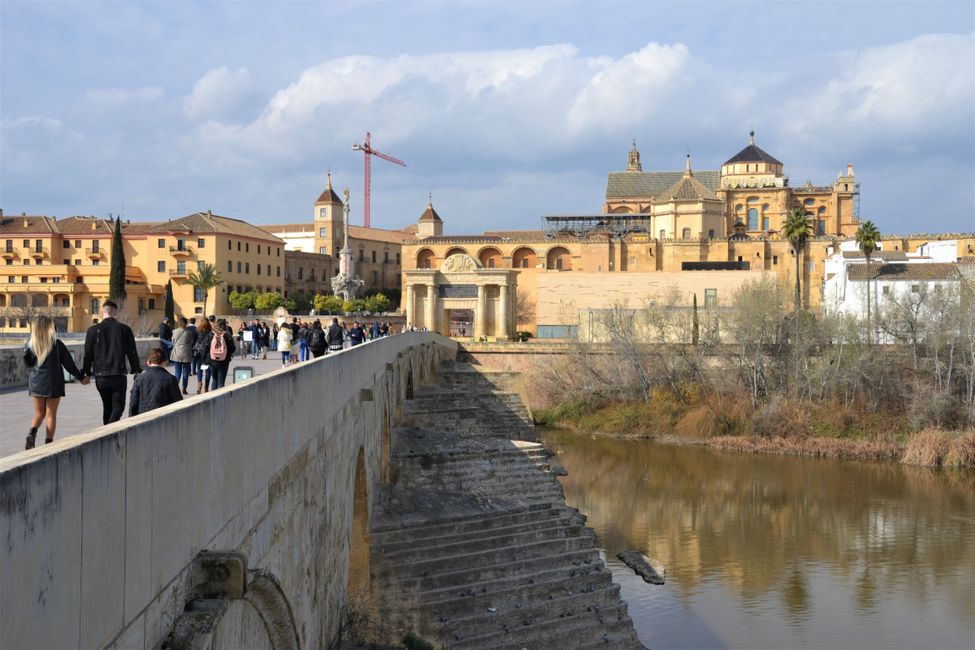
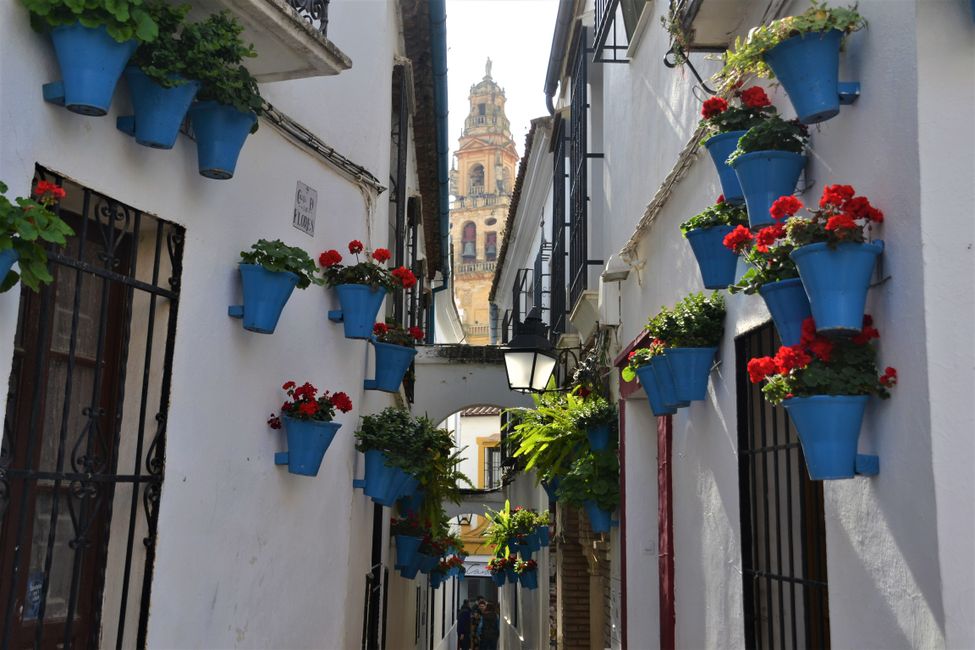
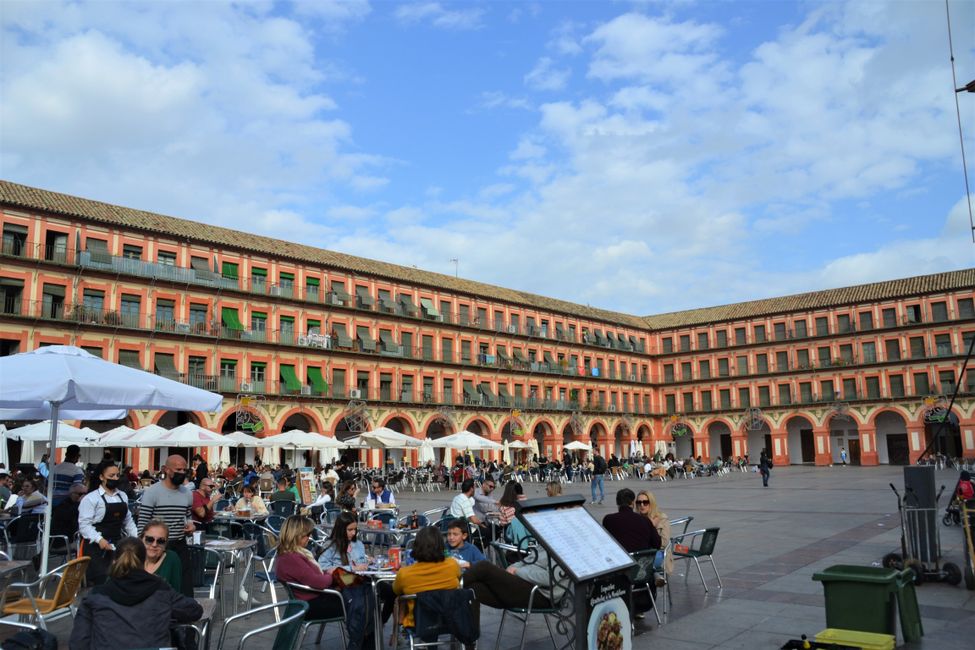
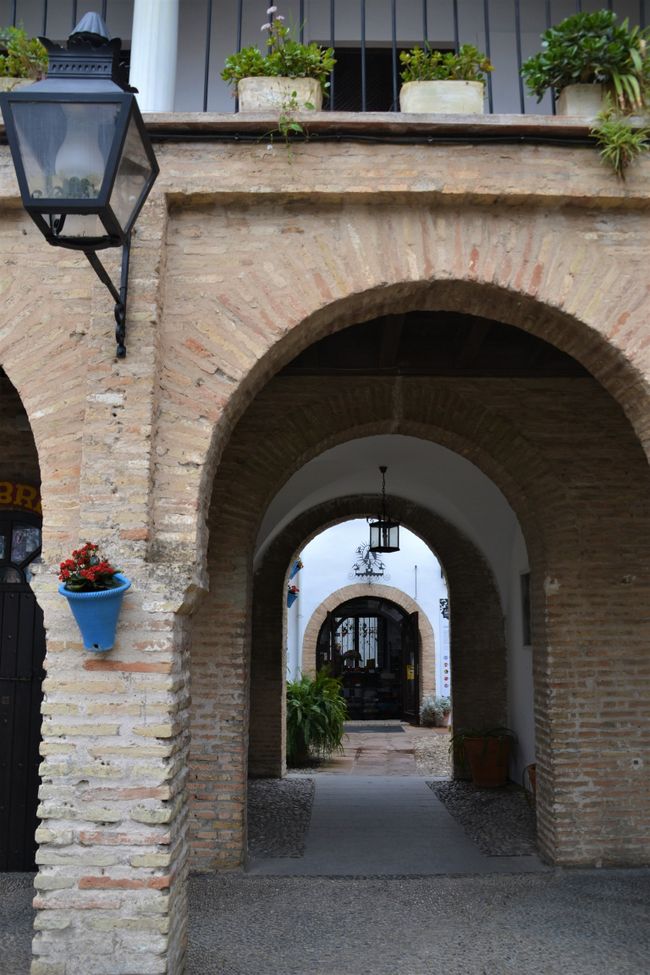
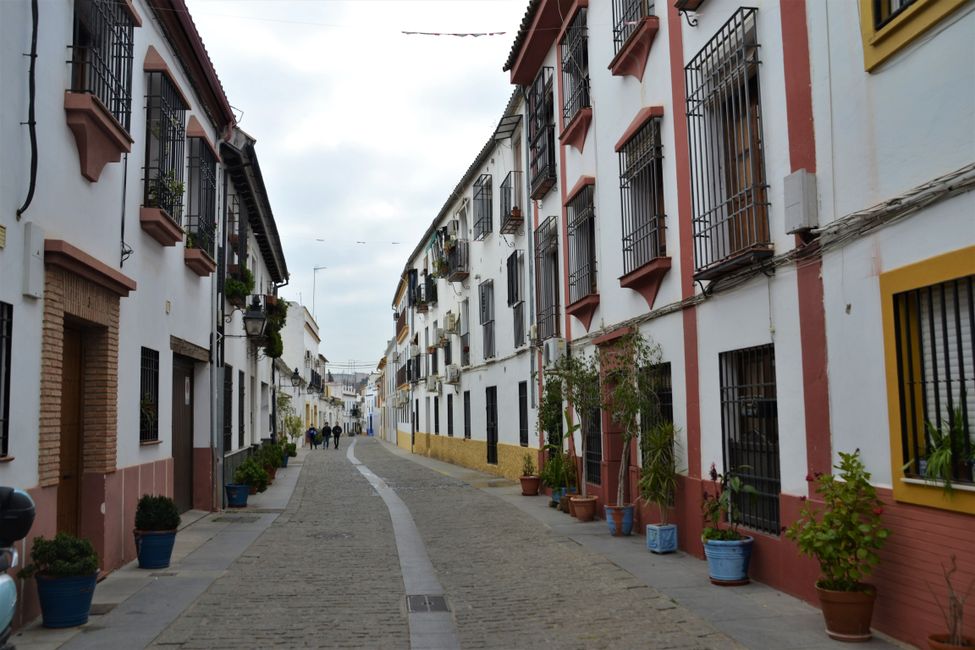
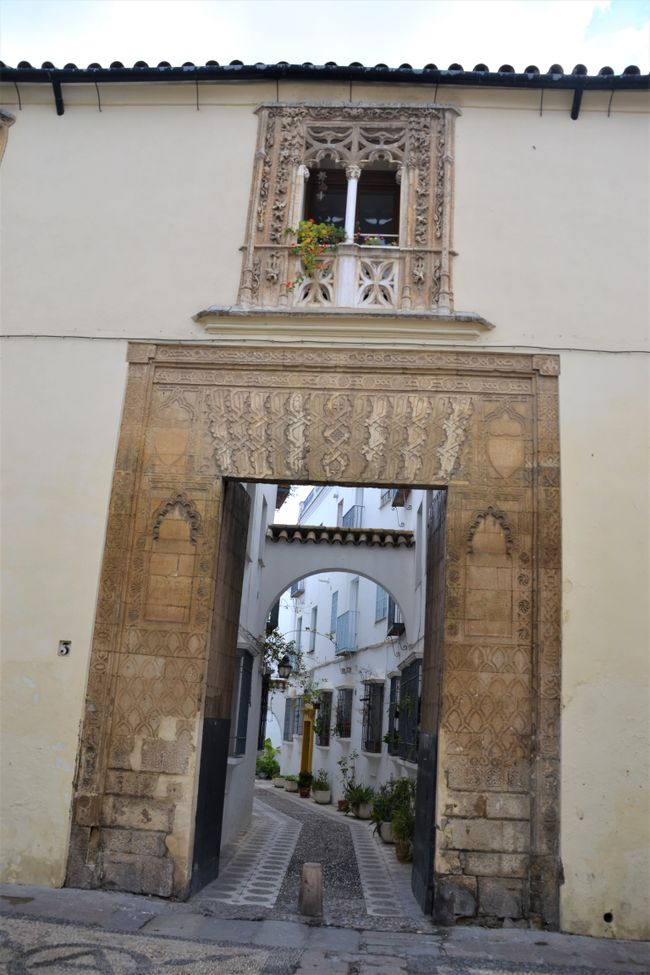
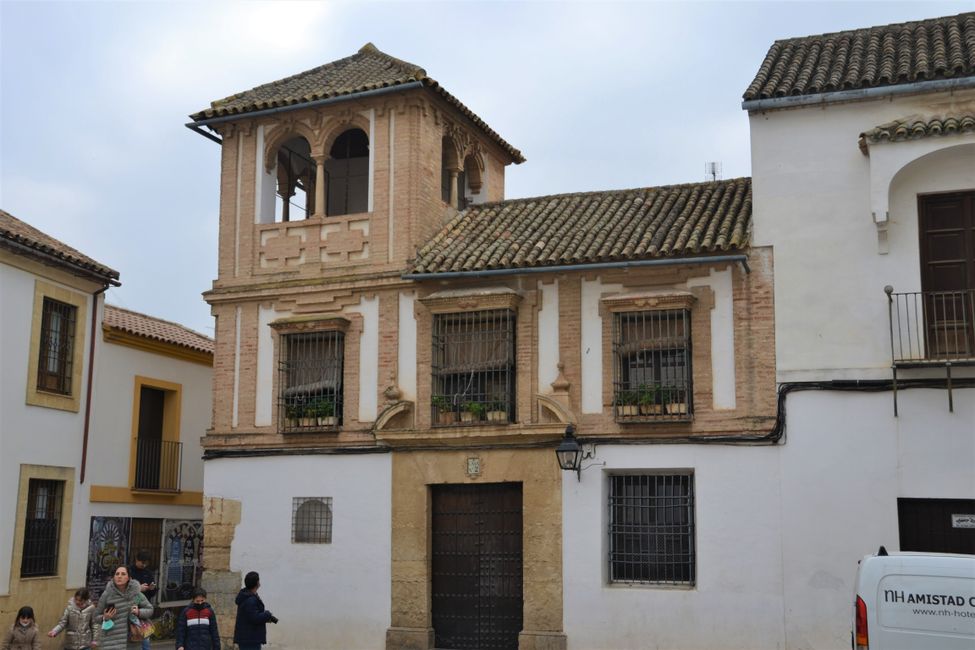
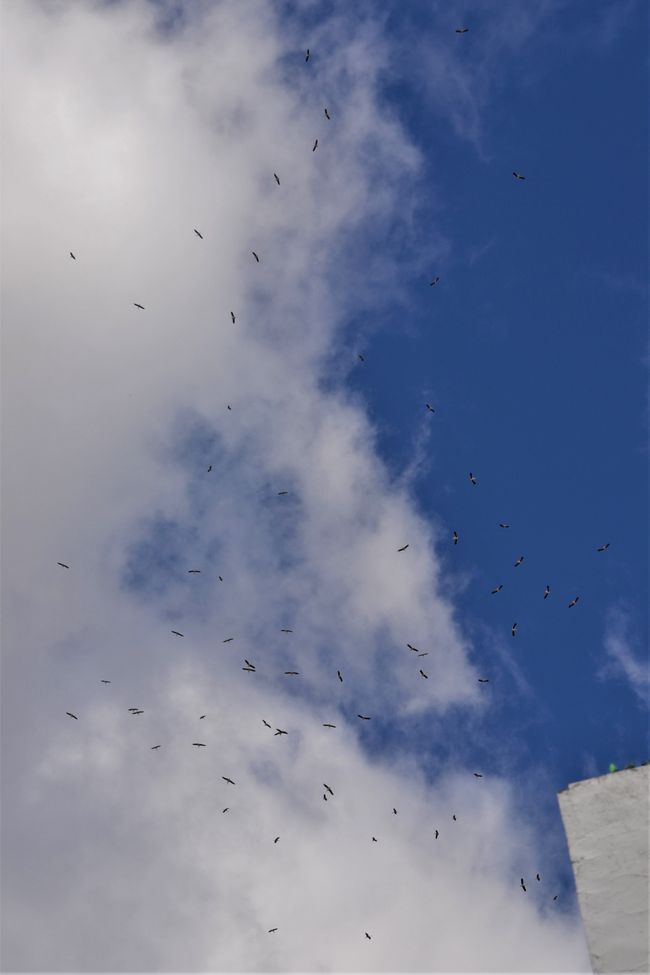
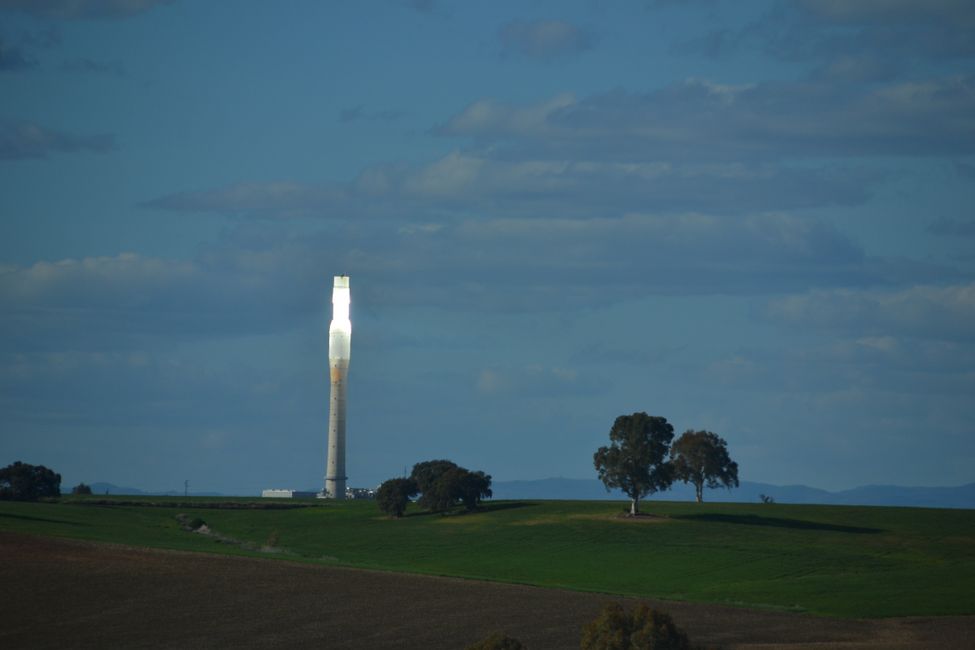
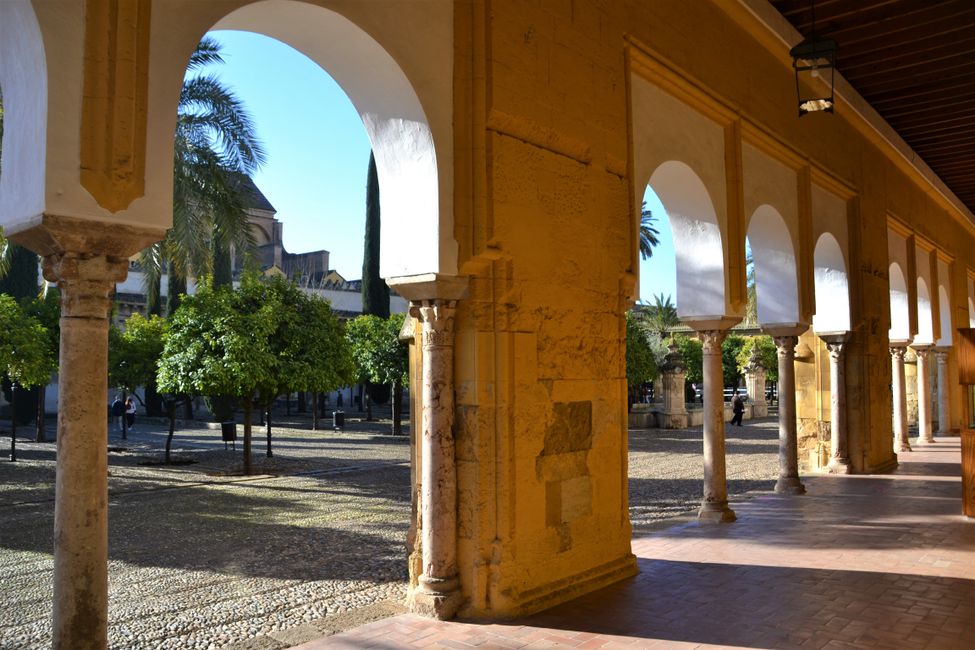
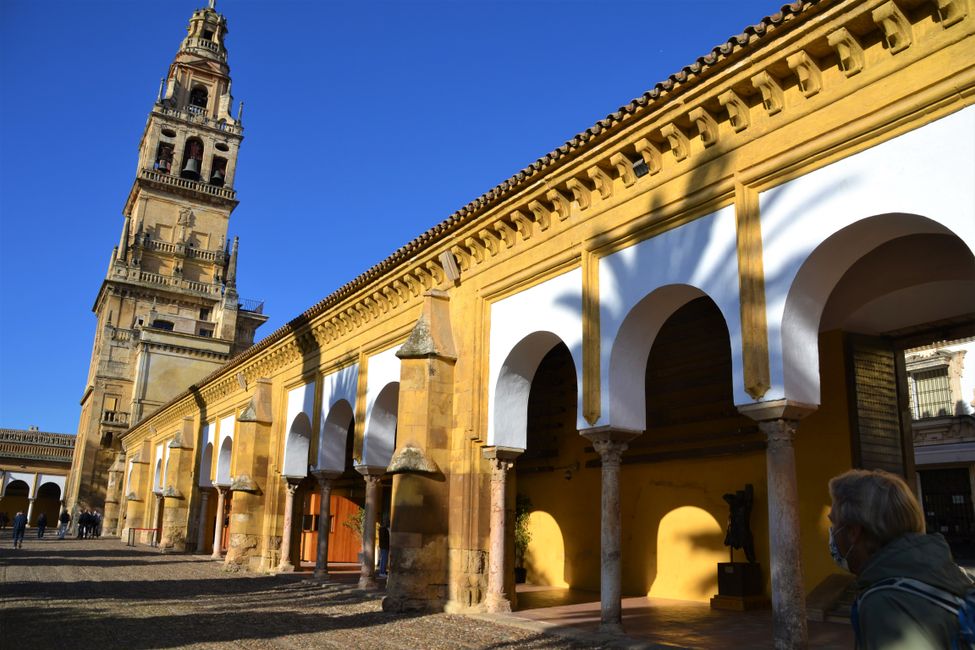
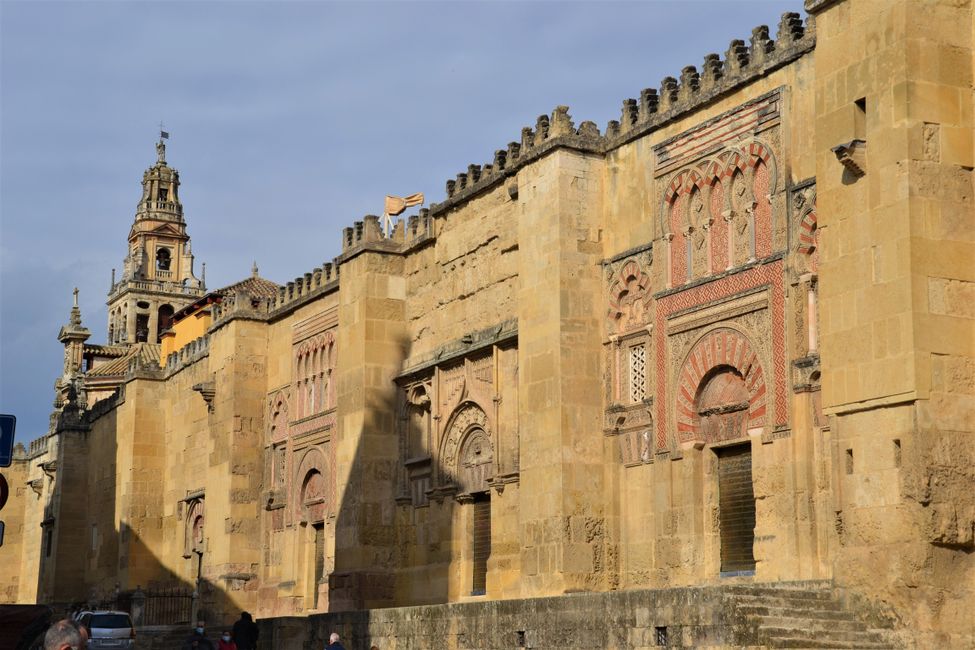
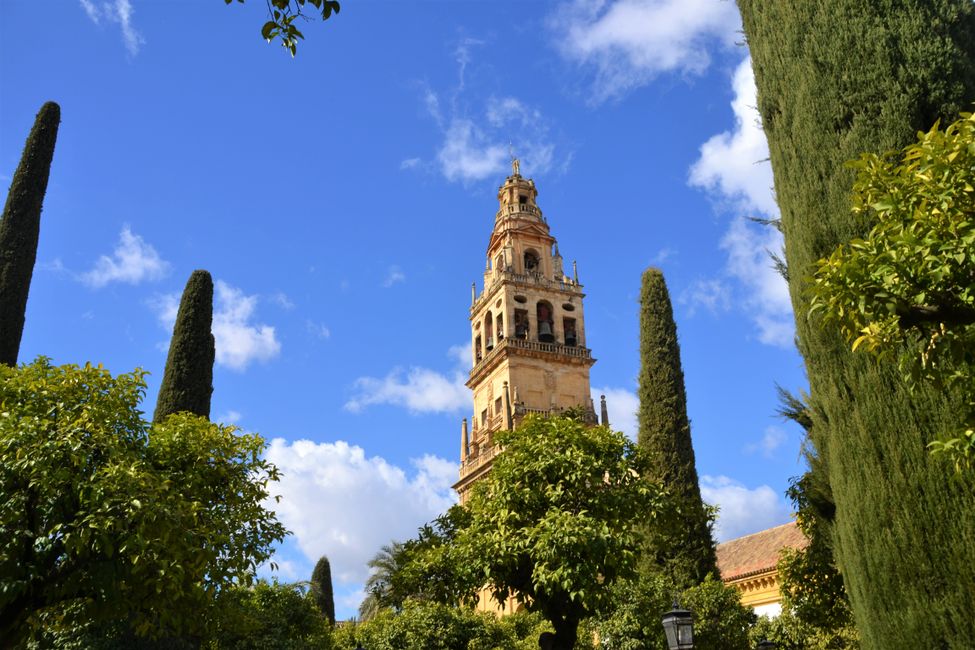
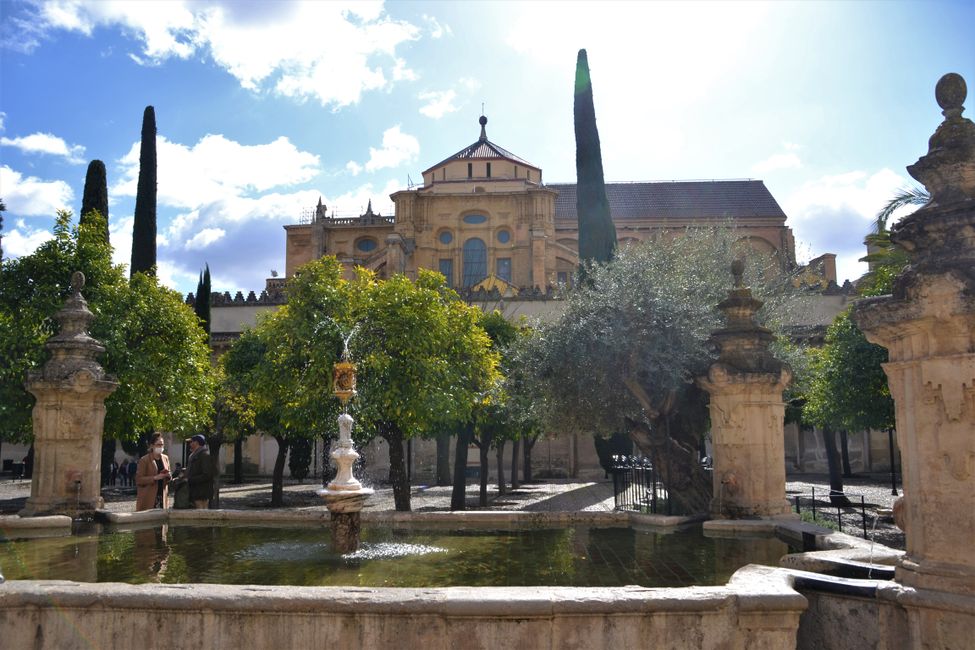
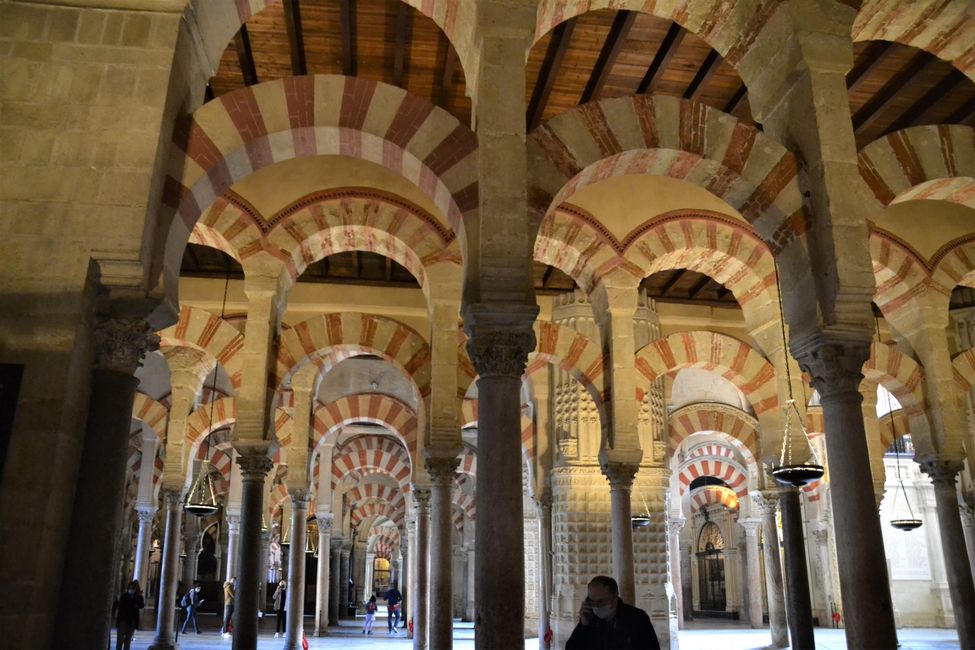
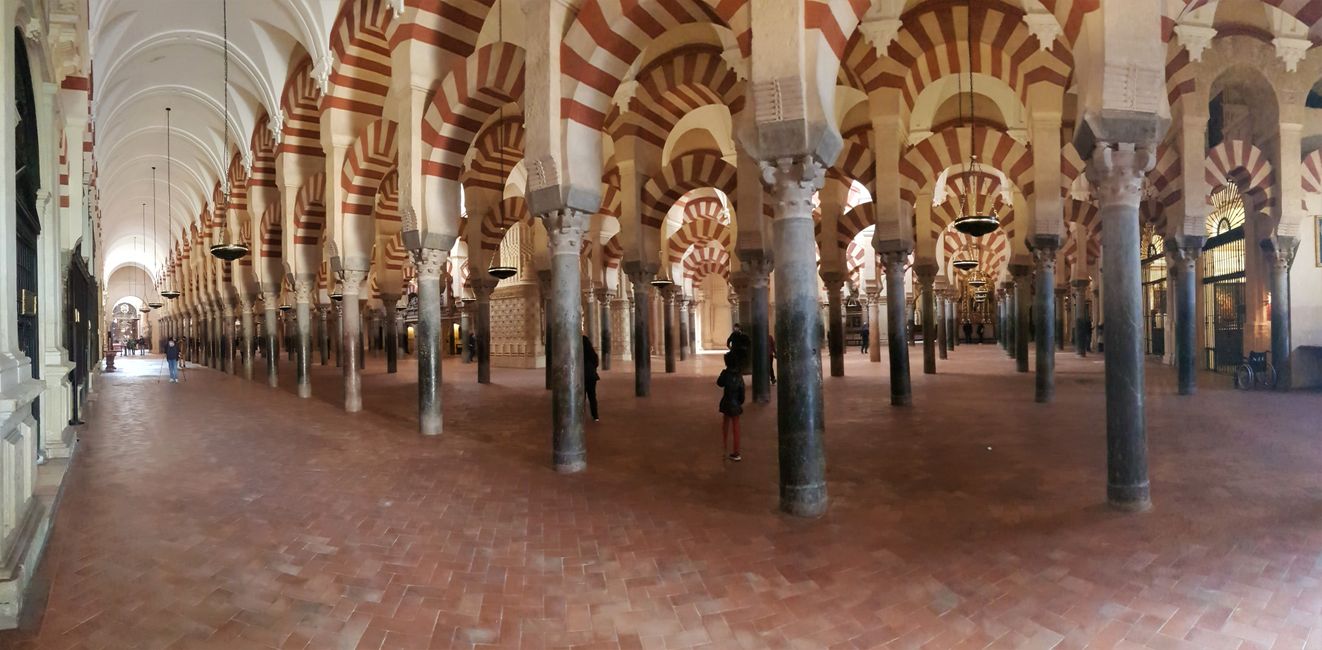
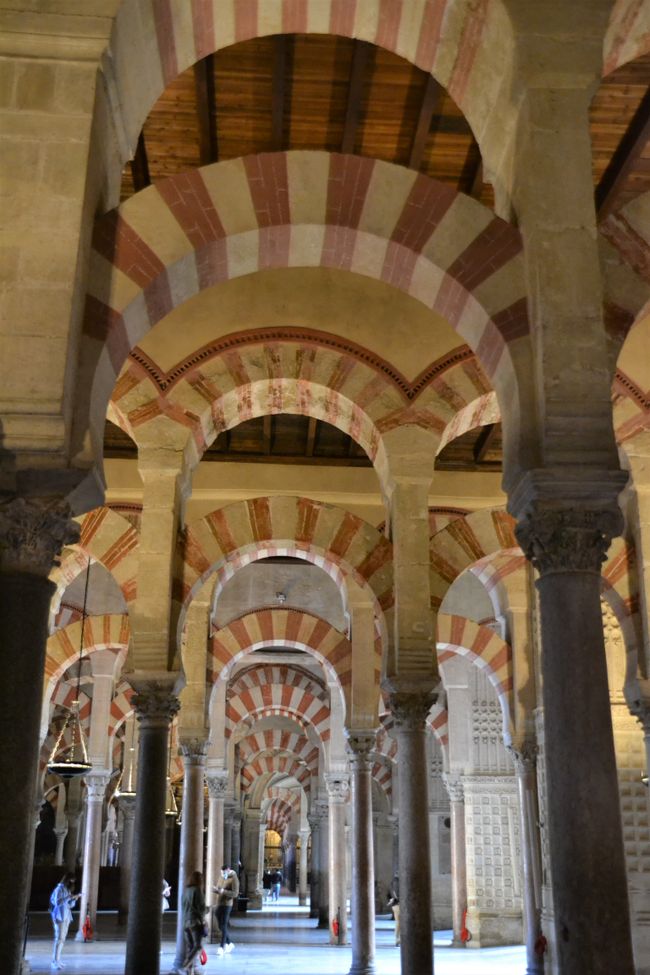
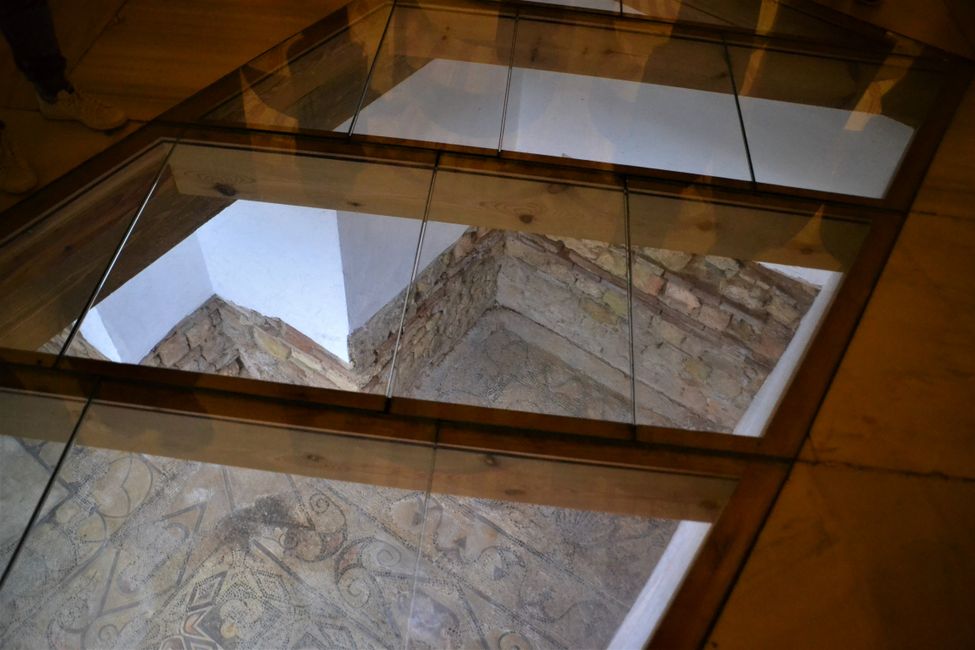
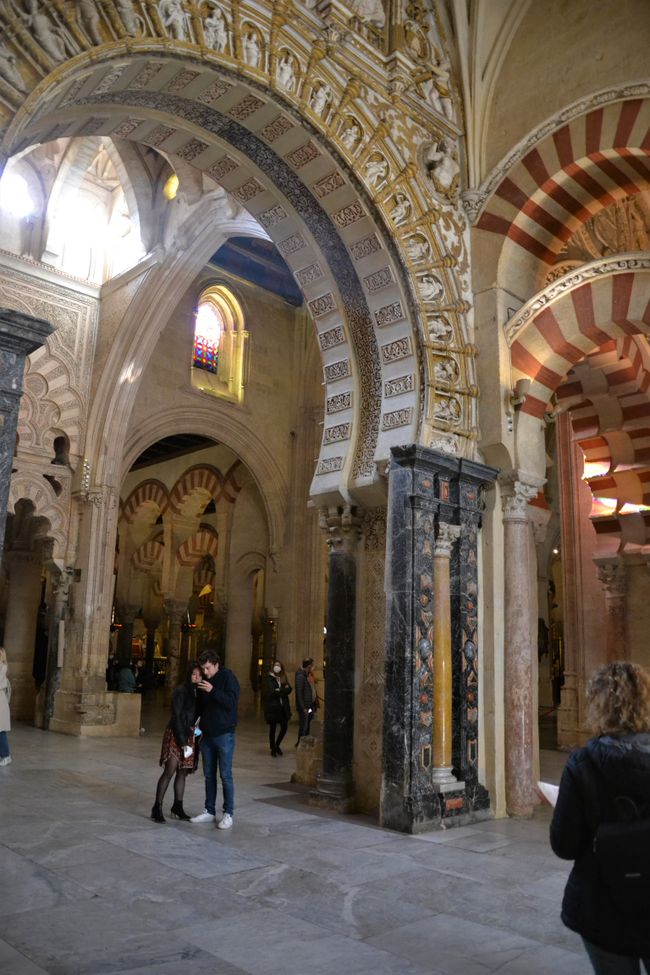
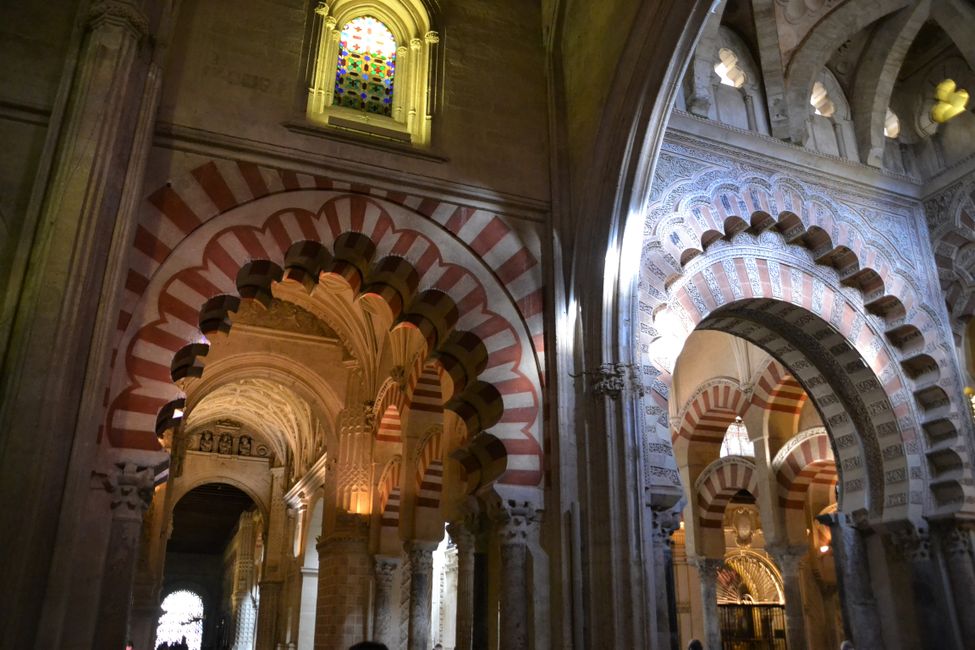
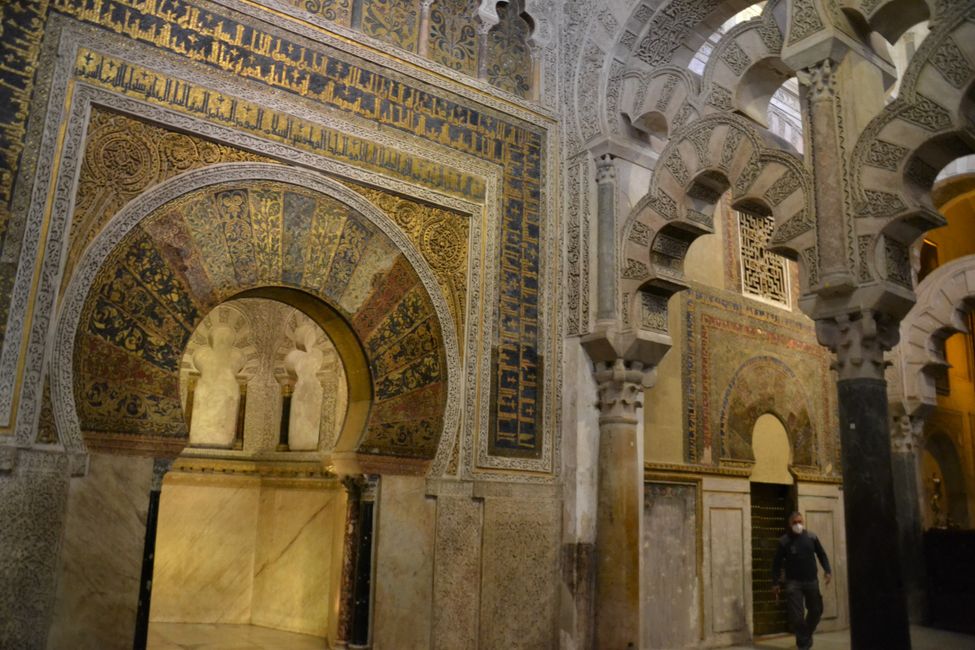
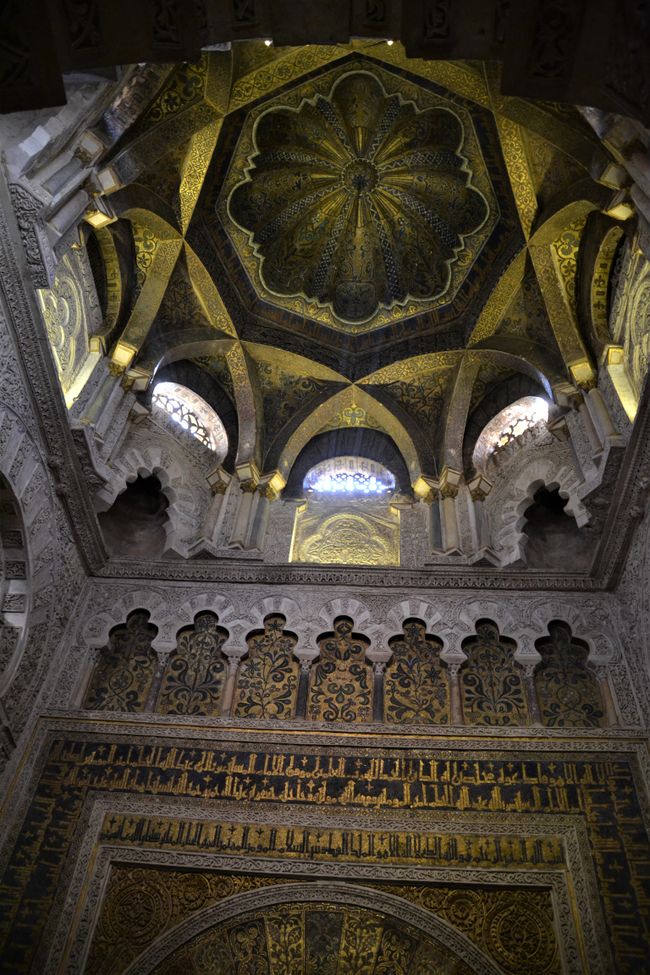
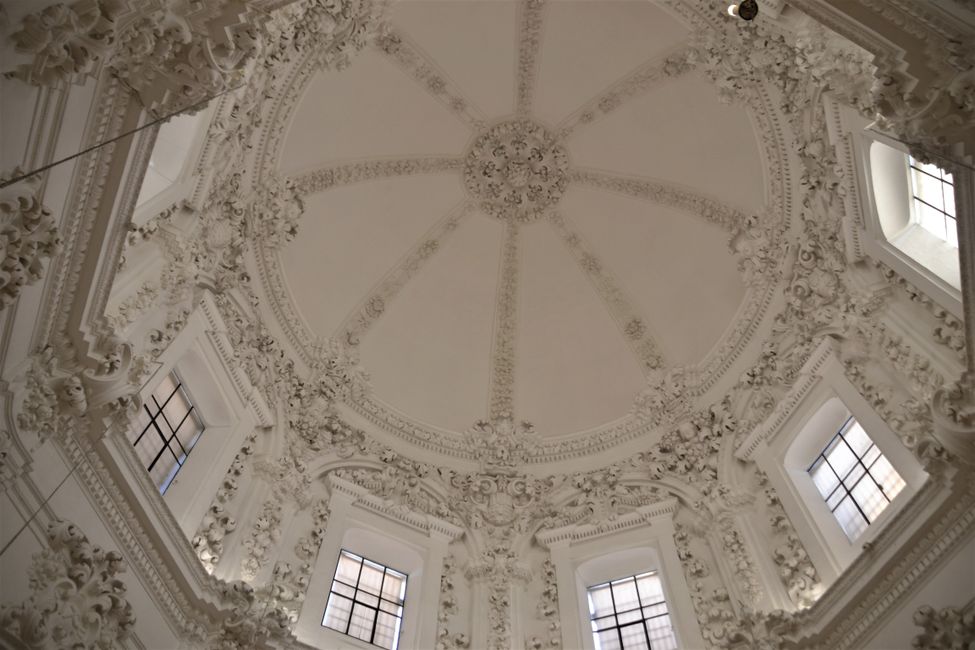
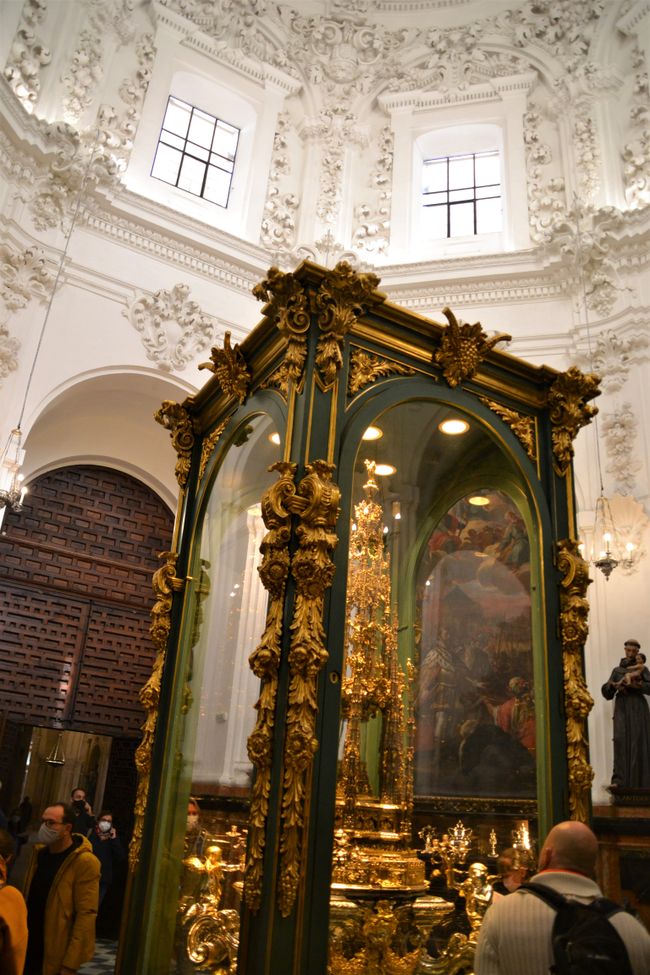
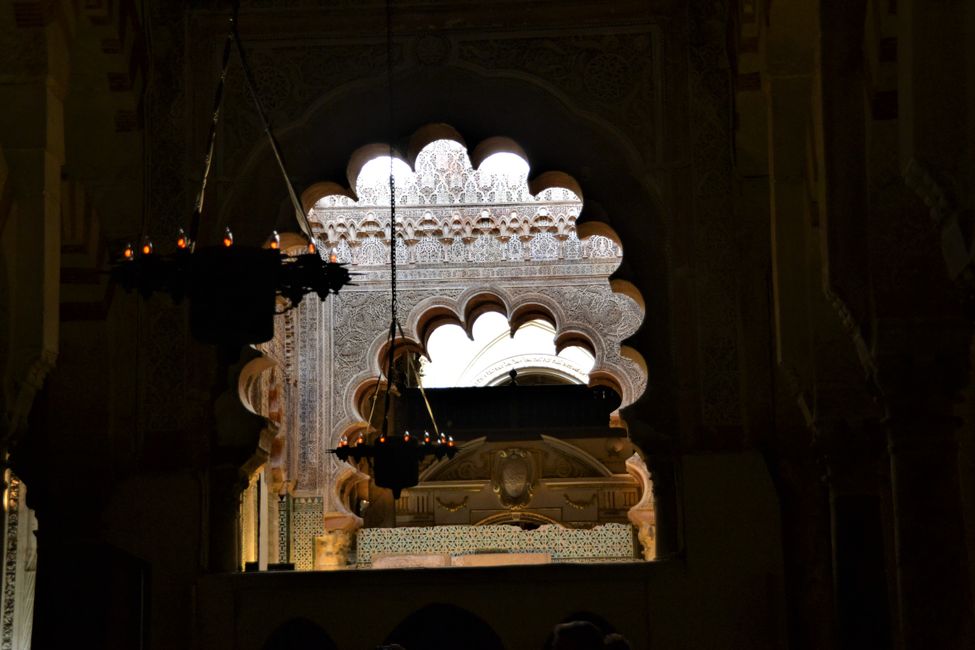
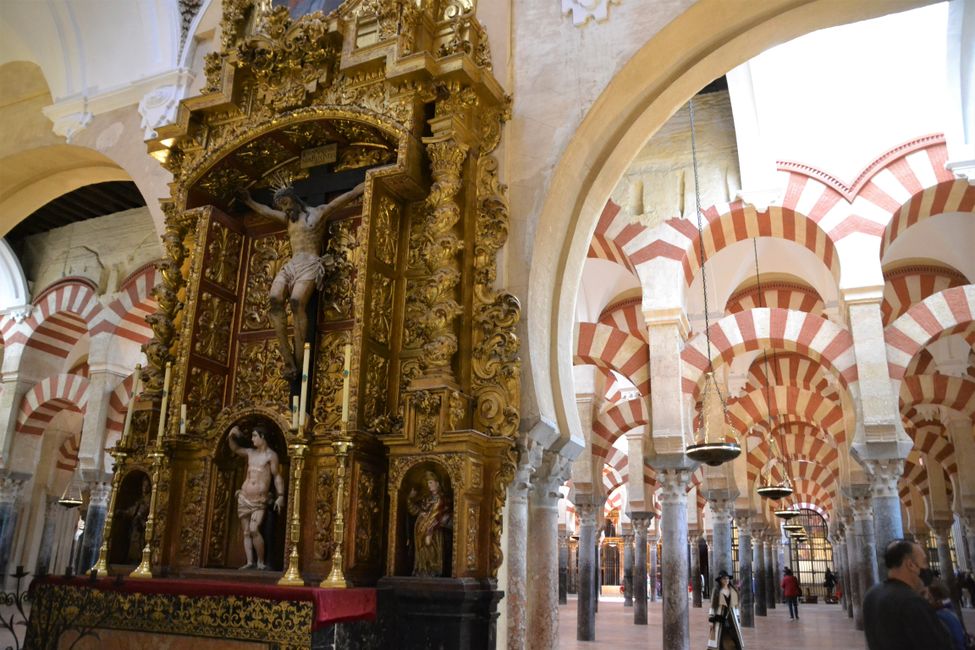
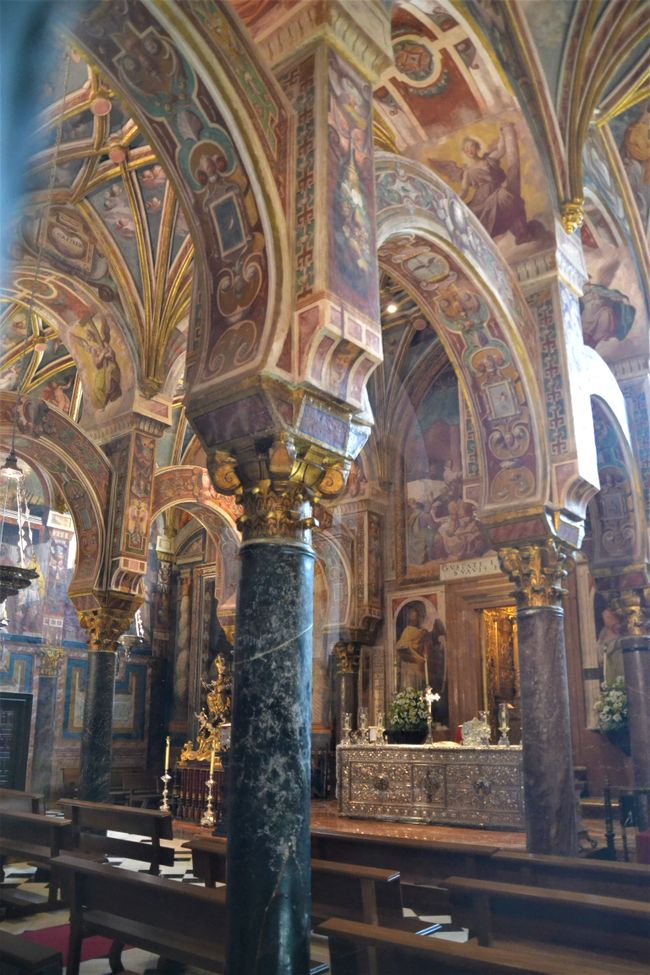
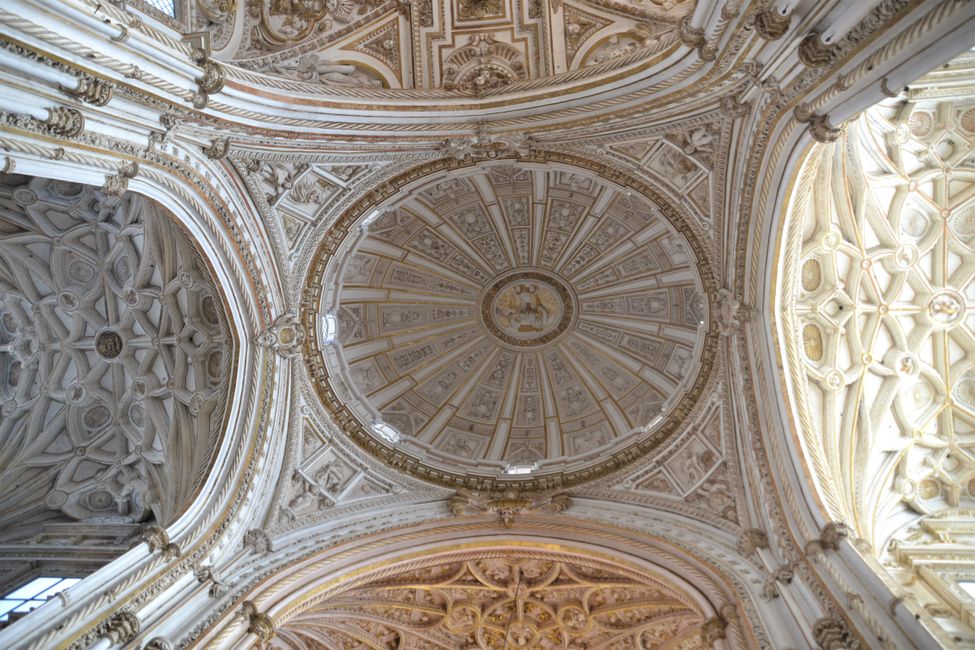
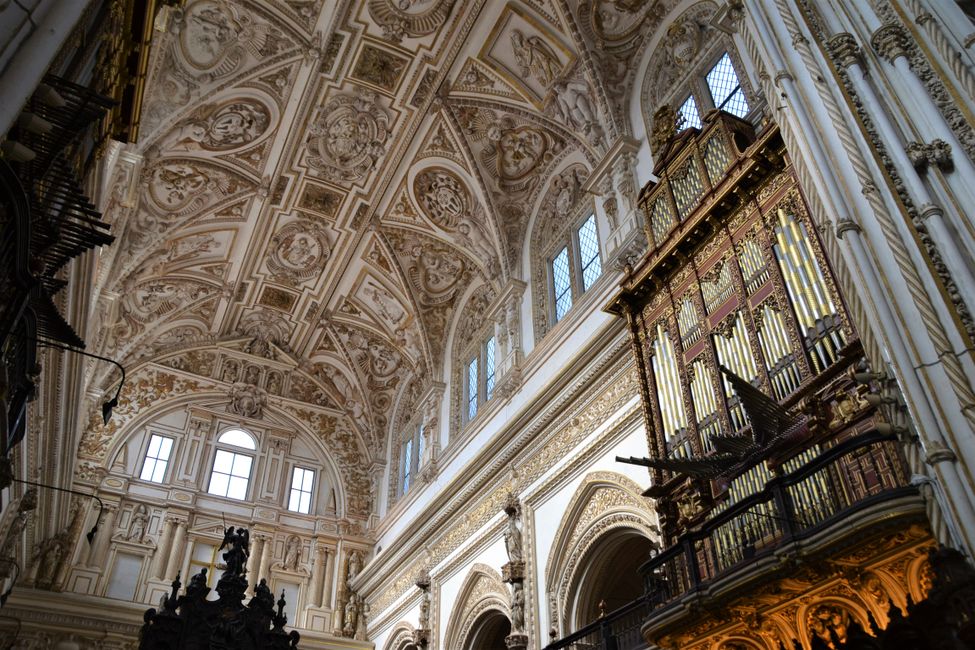
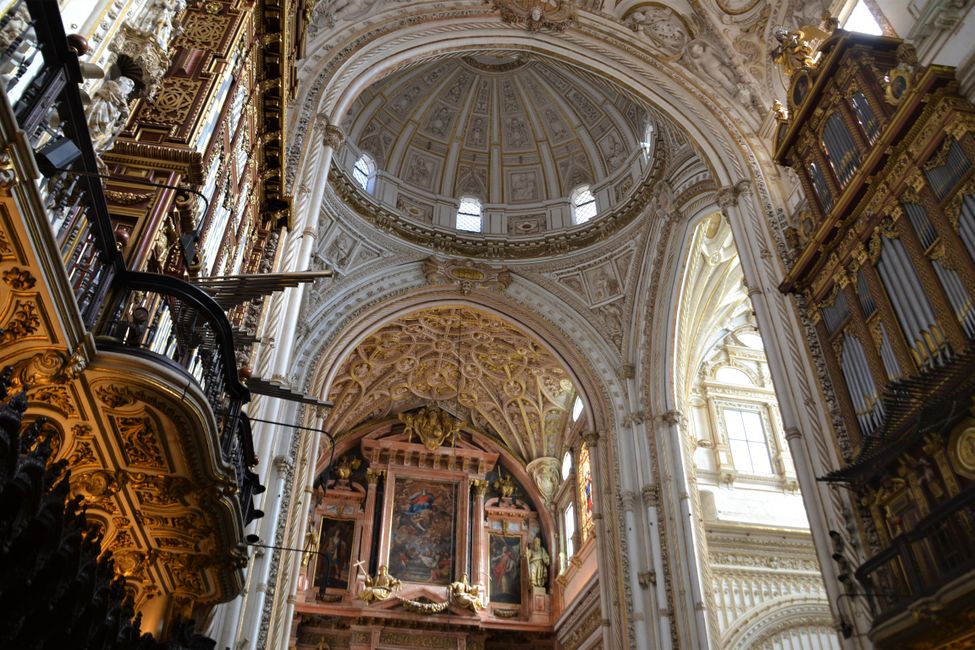
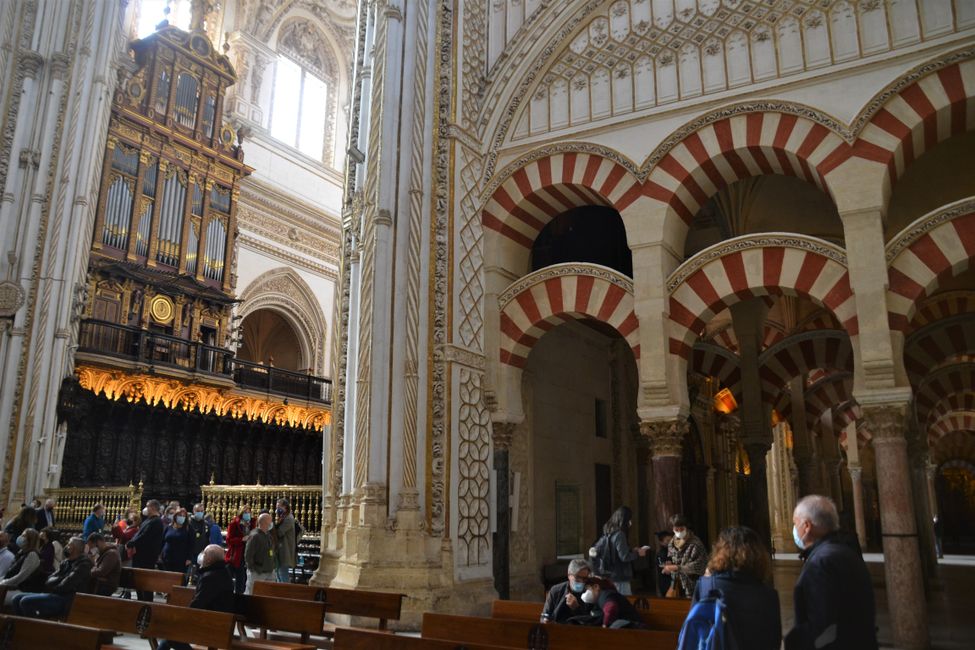
สมัครรับจดหมายข่าว
February 12-14, 2022: Córdoba
F. After the beautiful days in Seville, we first went to a dumping station for our wastewater tank, to the supermarket and to the laundromat on Saturday morning. The weather was not very nice - we had clouds in the sky. 😉 So it was an ideal day to replenish our resources. After that, we headed to Córdoba on the highway, and shortly before Córdoba, our fresh water tank needed to be refilled. Easier said than done. The faucet at the filling station had only a ½ inch thread, and our adapter was only designed for ¾, 1 and 1 ¼ inch. First, we filled the water from the faucet into a container and then poured it into our tank. But that took too long for us, so we just pressed the adapter for ¾ inch, including hose, with a lot of pressure onto the faucet, and were able to quickly refill 30-40 liters. That should be enough for the next 2-3 days in Córdoba.
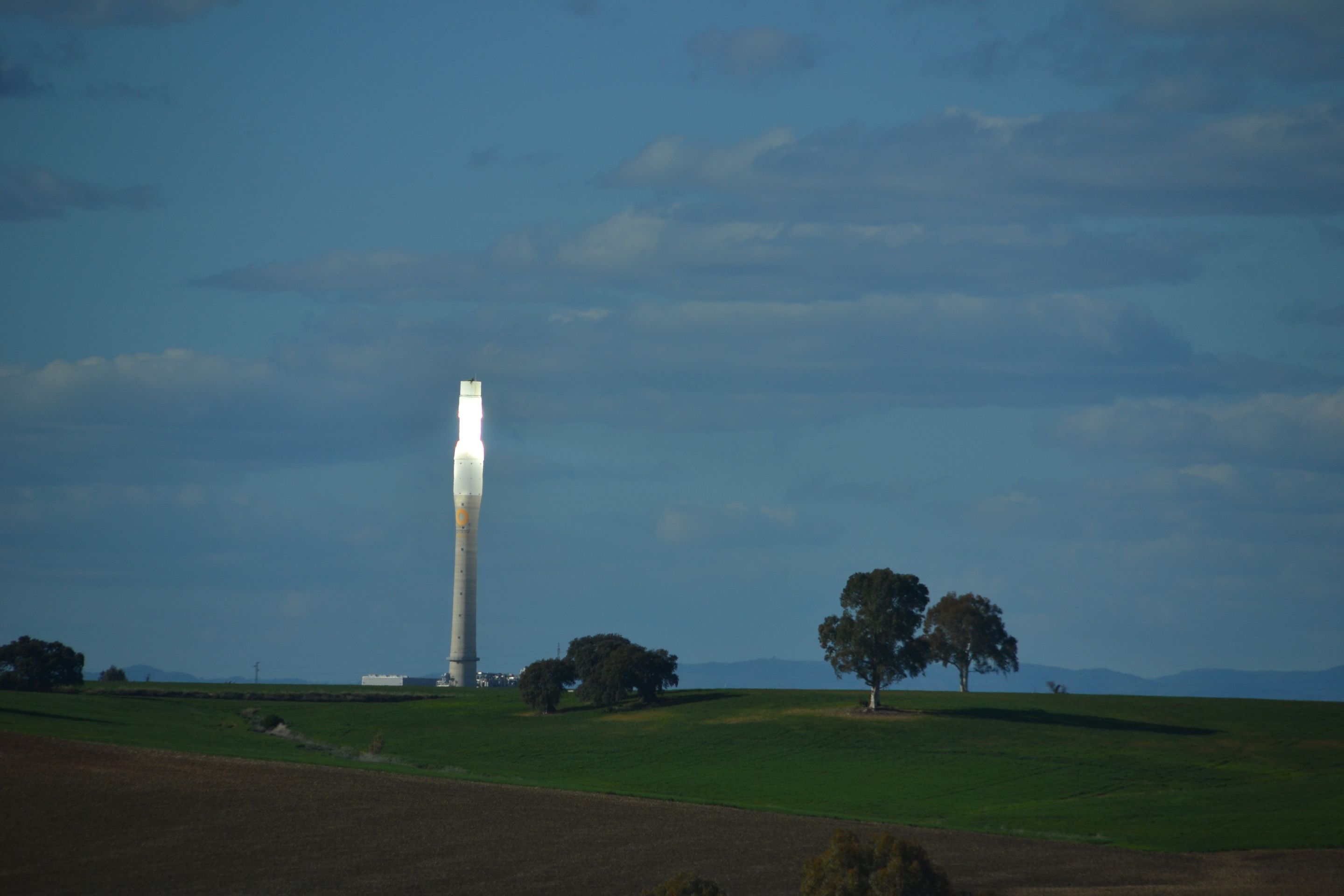
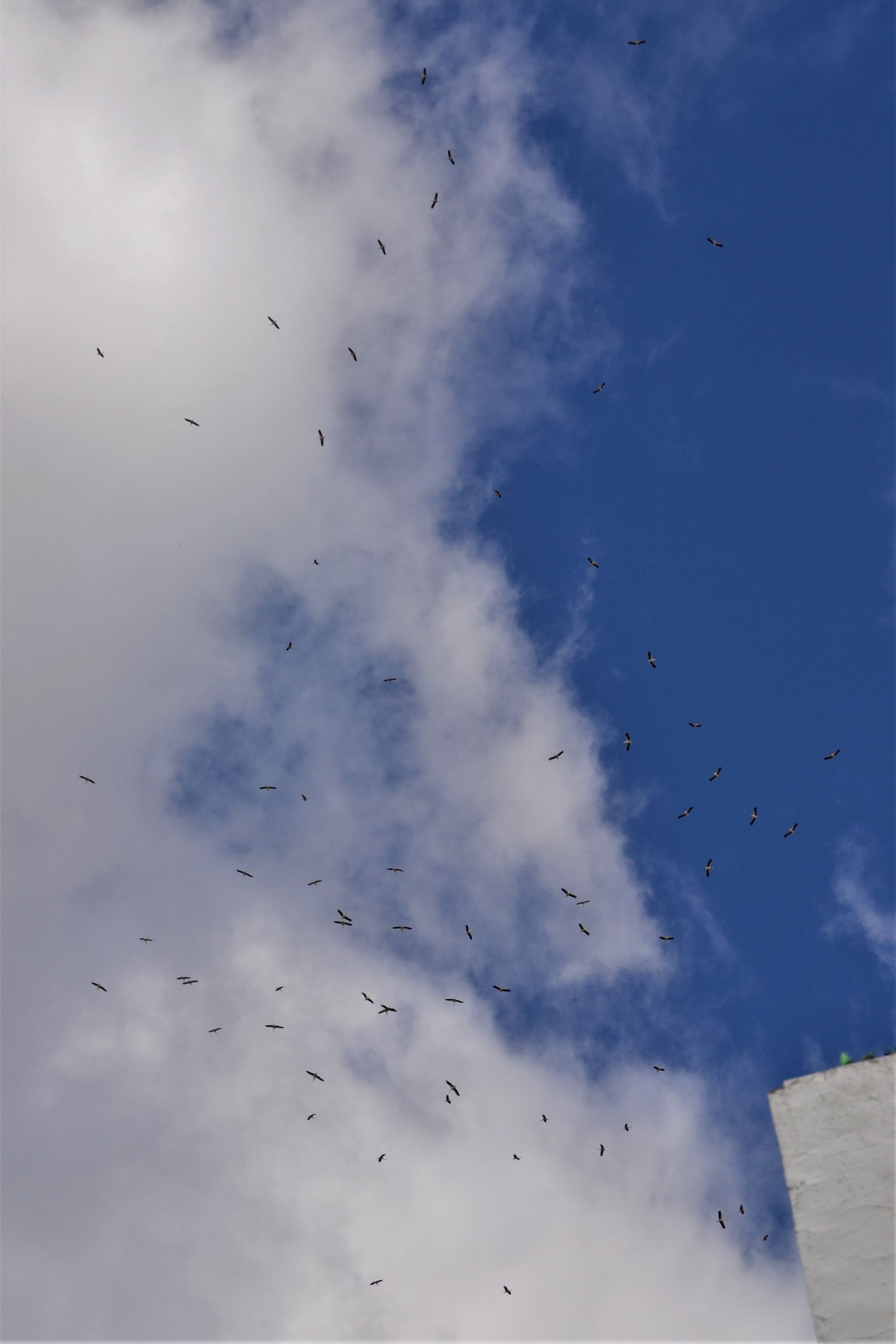
In the next two days, we explored the old town of Córdoba. It is completely registered as a UNESCO World Heritage site and has a lot to offer. In the Jewish Quarter, there is a synagogue dating back to the time before the Spanish Inquisition, which is still very well preserved.


In the Middle Ages, Córdoba was one of the most important centers of Islam, and therefore, there are many large buildings that were built by the Moors. The Alcázar is said to have a beautiful garden and the interior is supposed to be very picturesque. Unfortunately, all tickets were sold out on Sunday, and Monday was a day of rest, so we had no chance to visit this beauty. However, the old Moorish bathhouse was certainly just as interesting.
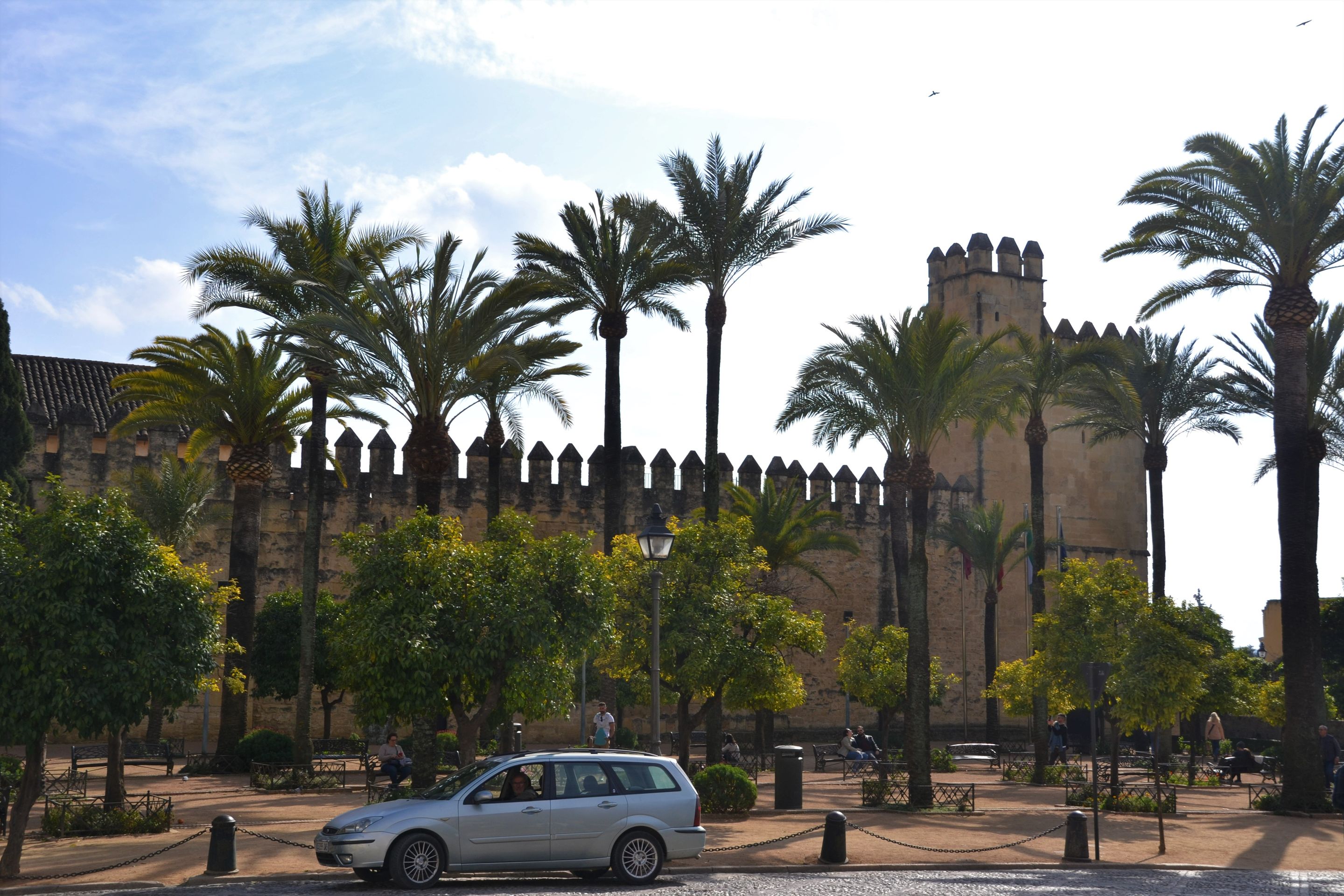
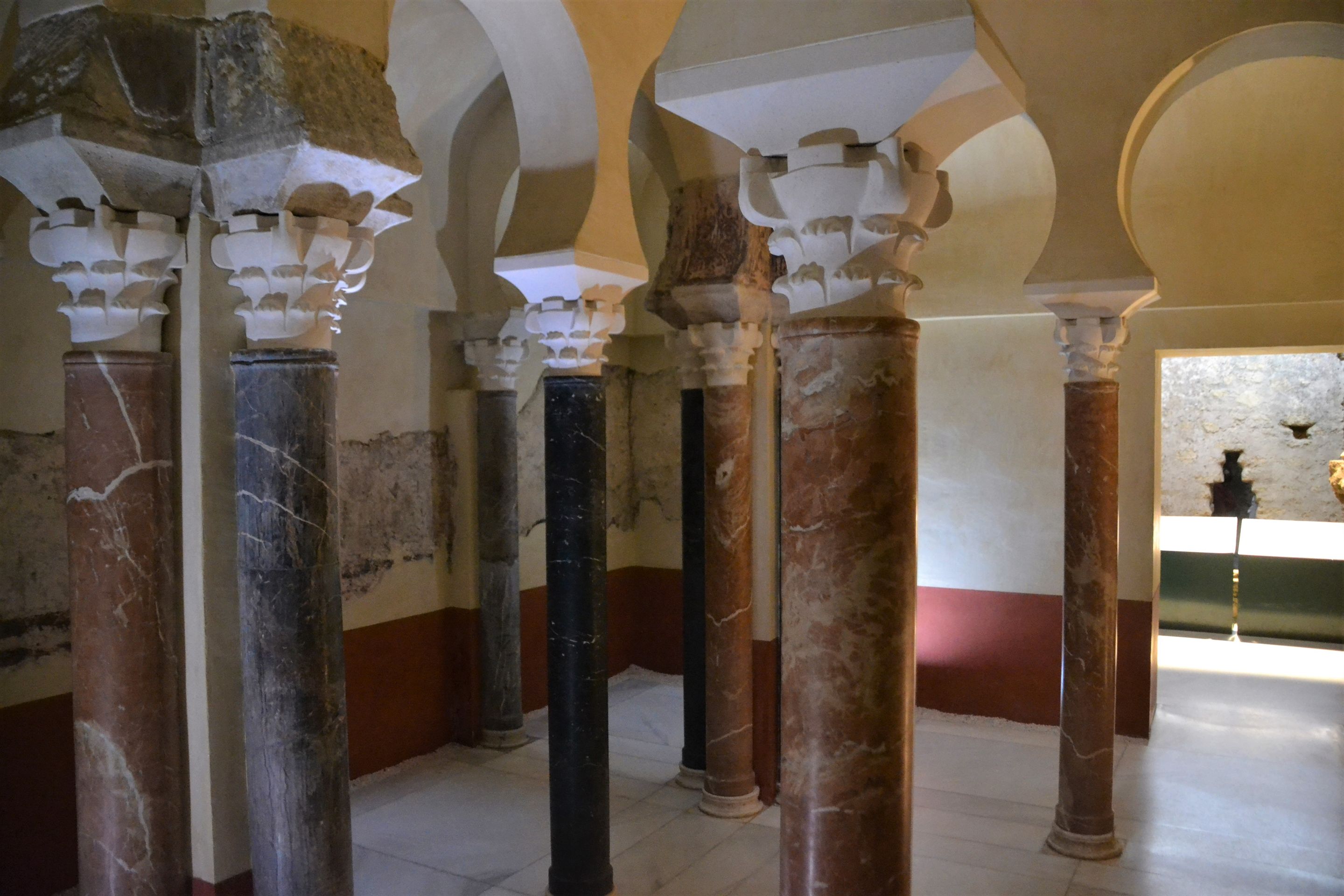
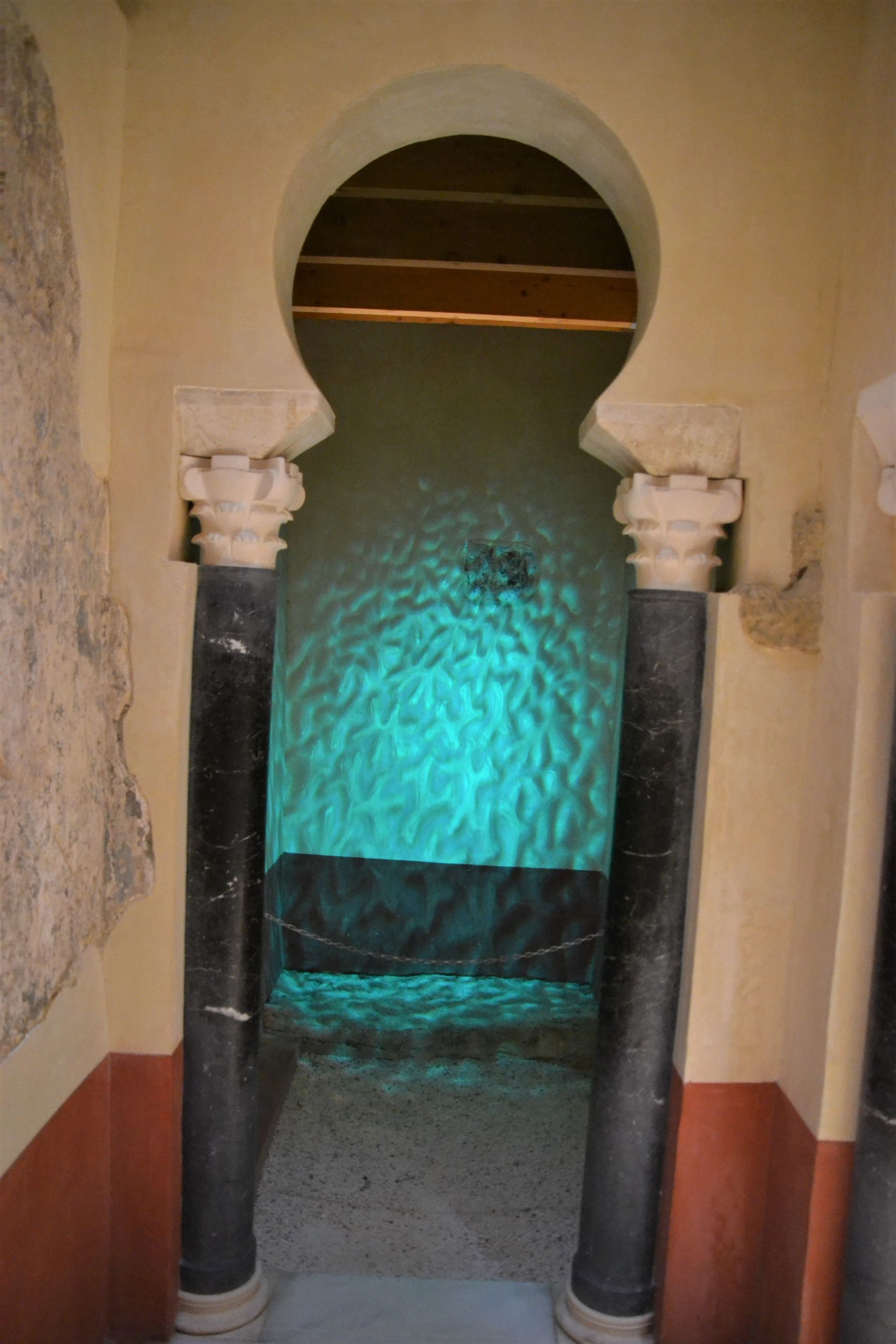
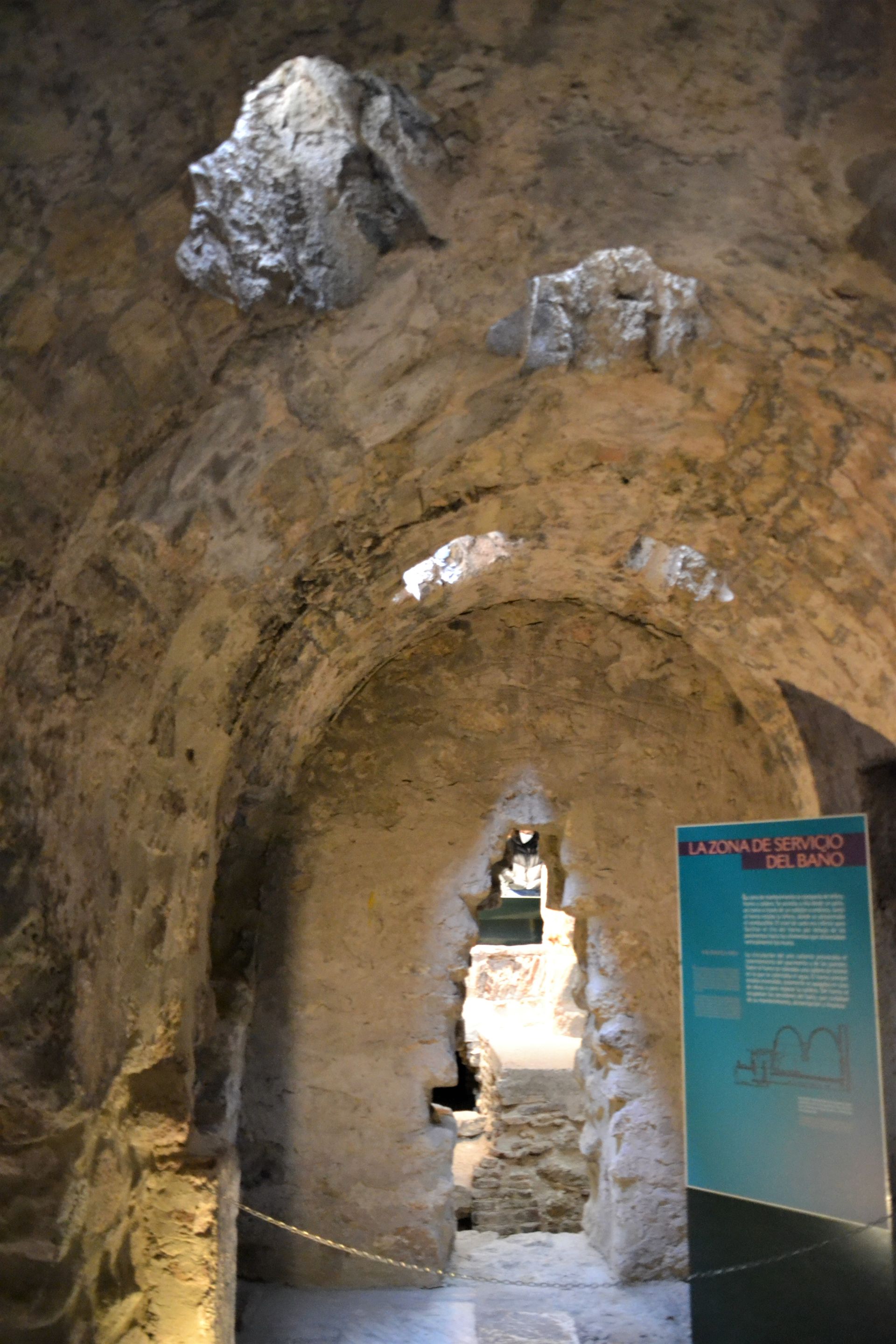


A insider tip for tourists are definitely the many private courtyards in the old town. However, they are not easily accessible, so you have to be lucky to get a glimpse into one or the other. One of the oldest structures is the large stone bridge with its 16 bridge piers. It dates back to the Roman era and is beautiful.




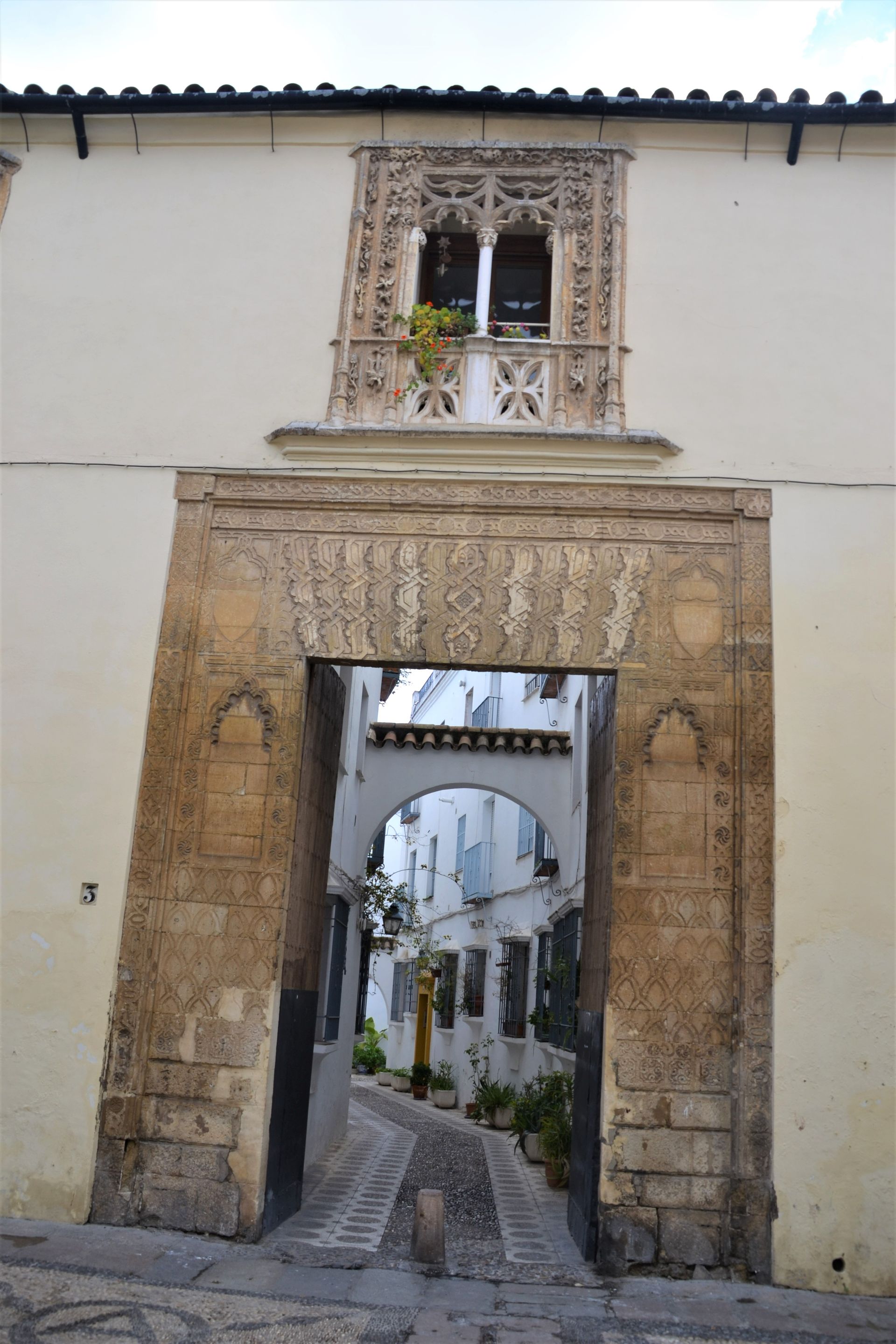

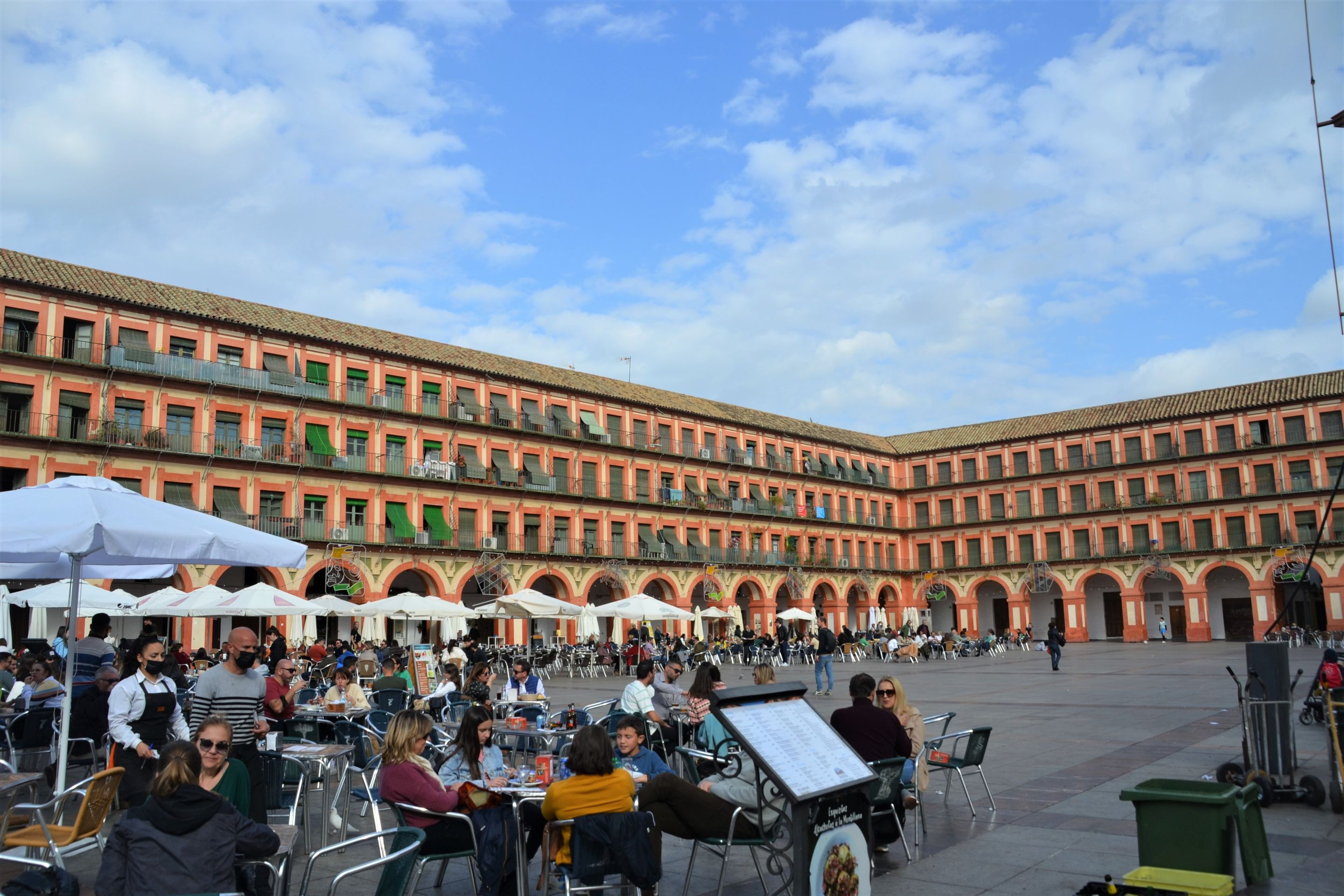
The highlight of Córdoba is undoubtedly the Mezquita-Cathedral of Córdoba. In the 8th century, a large mosque was built by the Moors in Córdoba on the site of a former church, which in turn had been built on a former Roman temple. Until the 10th century, this mosque was enlarged three times and was the largest mosque in the world at that time. With the Christian conquest of Córdoba in the 13th century, a church was built in the middle of the mosque, and the entire building complex was later consecrated as a cathedral. There is still a debate today whether this gigantic place of worship belongs to Islam or the Catholic Church. Currently, the Catholic Church holds its hand over the building with the justification that the mosque was built on a church and that Ferdinand III of Castile bequeathed the former mosque to the church after his conquest. However, when Charles V visited Córdoba, he reportedly said, "I did not know what this was about. For if I had known, I would not have allowed them to touch the old building [mosque]. You have done what was possible, built something [cathedral] that already exists elsewhere, and destroyed something for it. What was unique in the world." Well, the mosque was not completely destroyed back then. Since then, there has been a huge nave in the middle of the mosque and many altars can be found on the outer edge.
Today, the building is 179 m long and 134 m wide. It covers a floor area of 23,000 square meters and is therefore one of the largest religious buildings in the world. The special feature are the double-layered horseshoe arches (copied from the Romans), which stand on 856 pillars made of marble and granite. During its heyday, the mosque could accommodate over 40,000 worshipers. But enough of the history - here come the spectacular pictures, although it is difficult to capture such a large temple in the right light. You just have to have been here once...

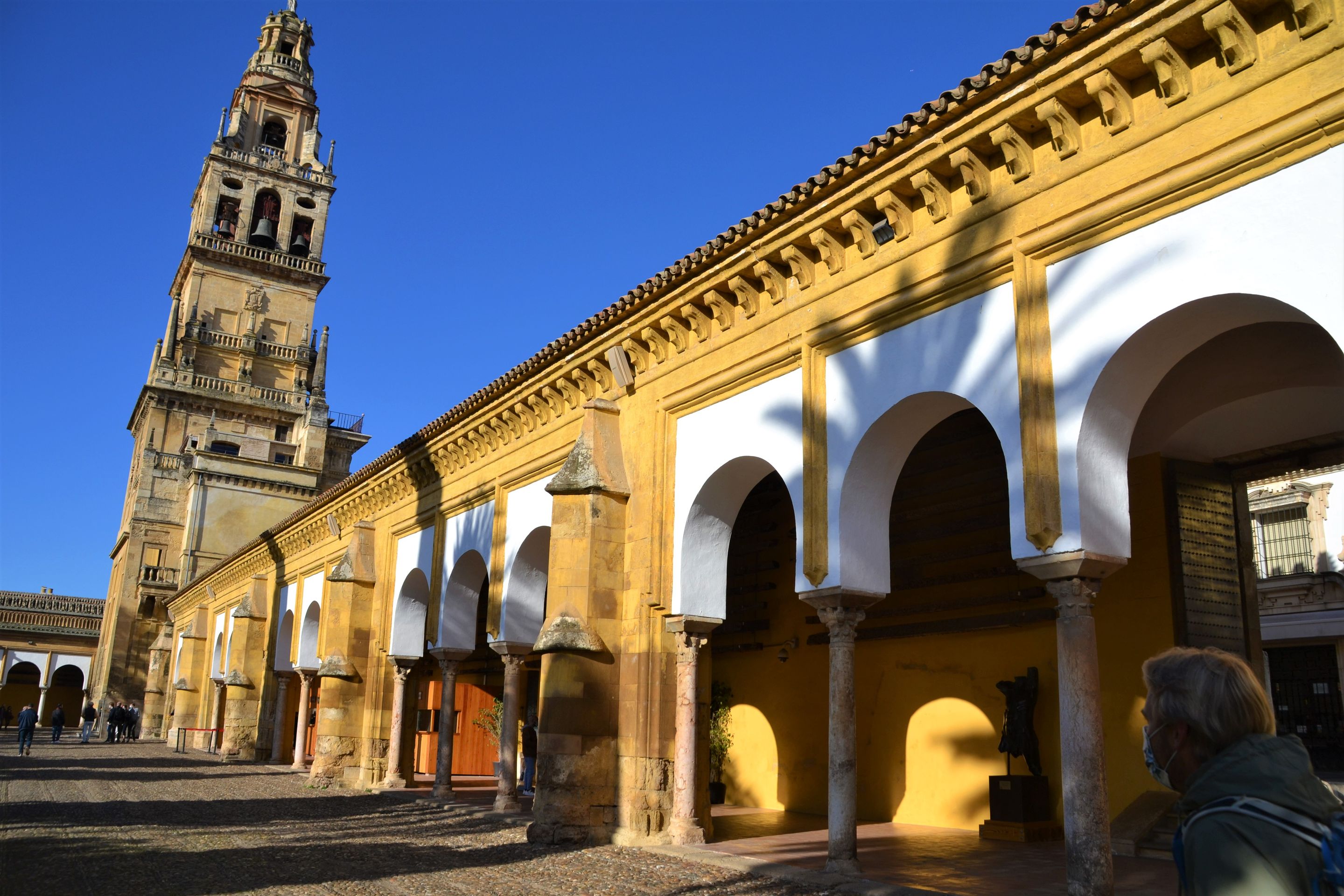

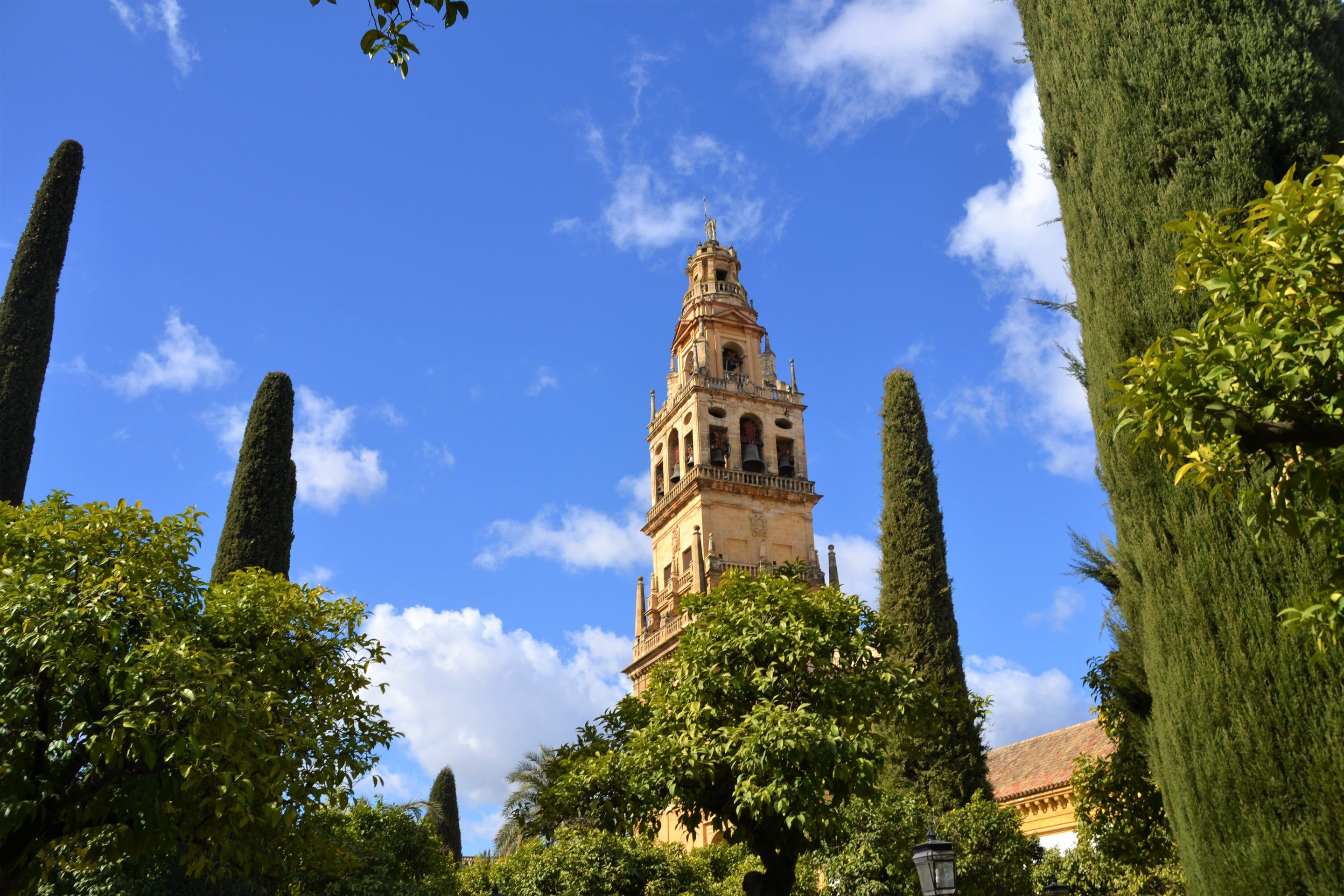
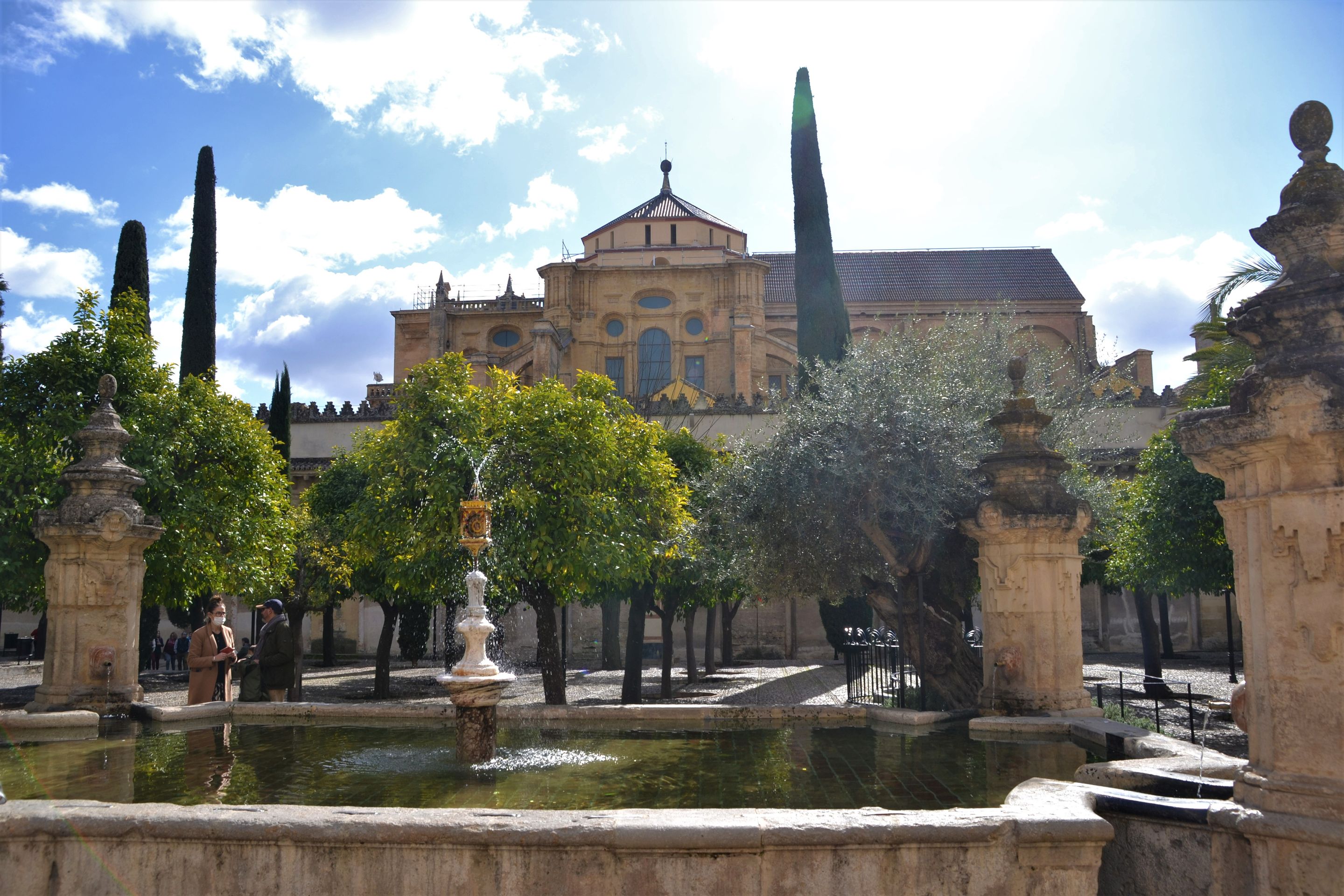
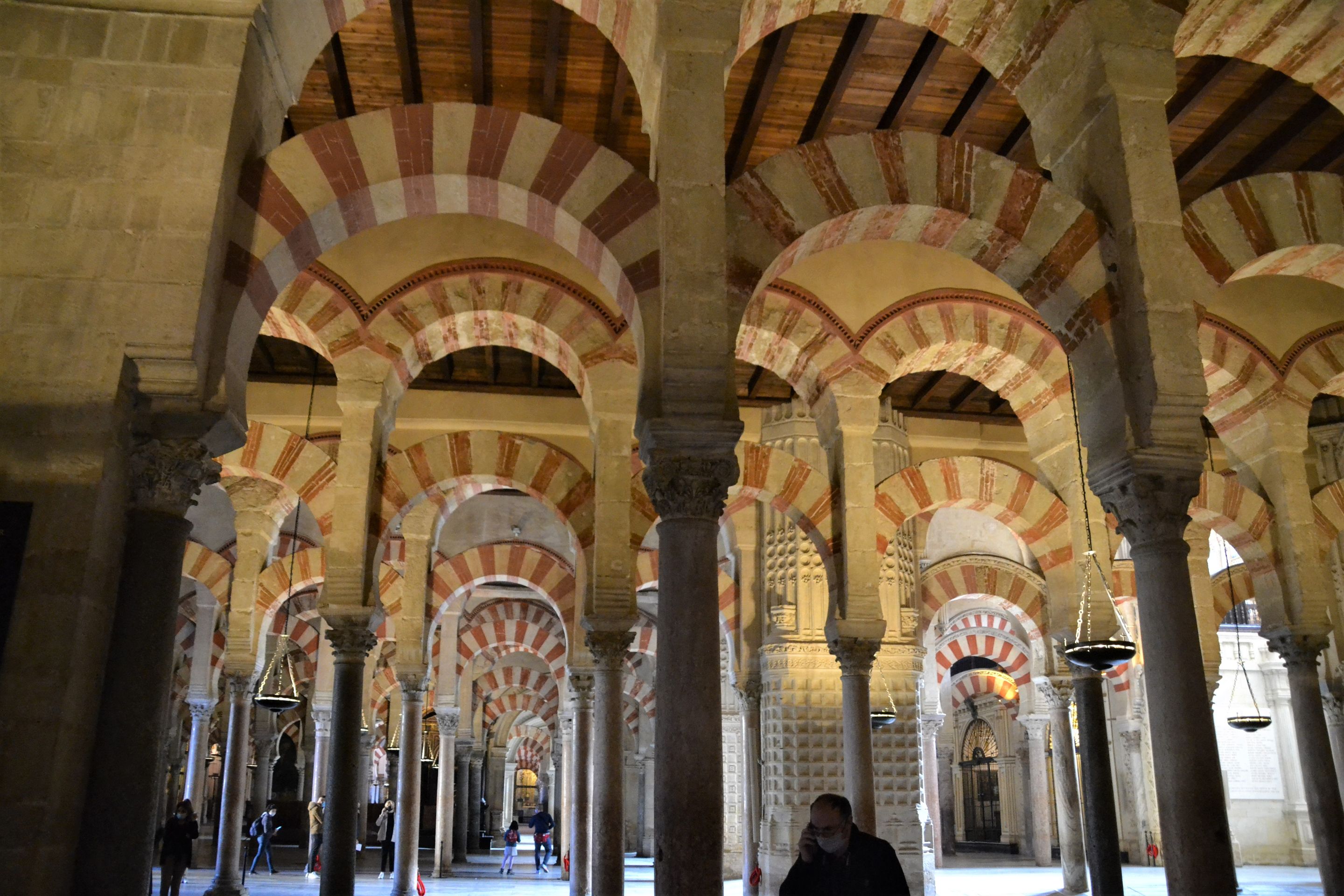
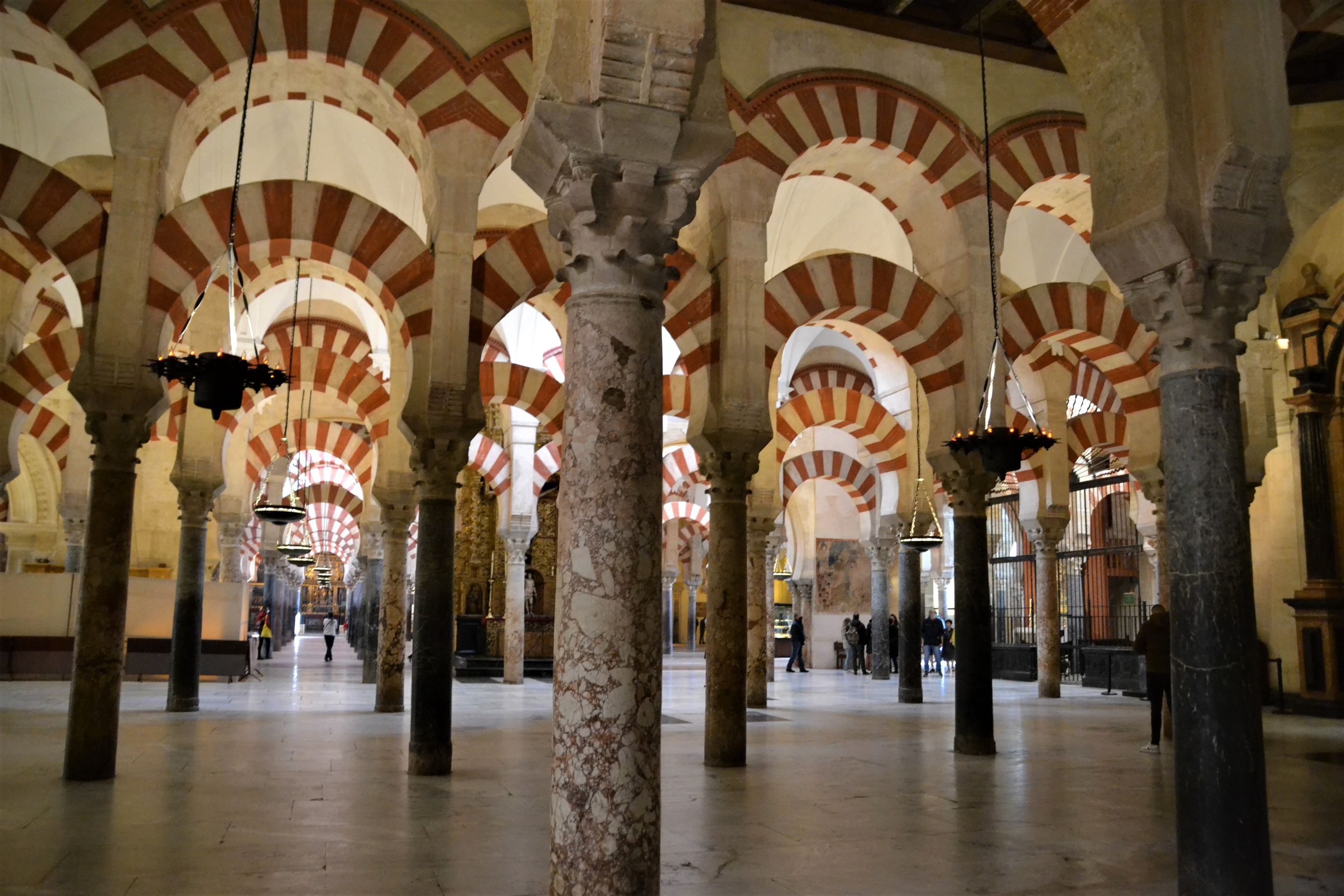

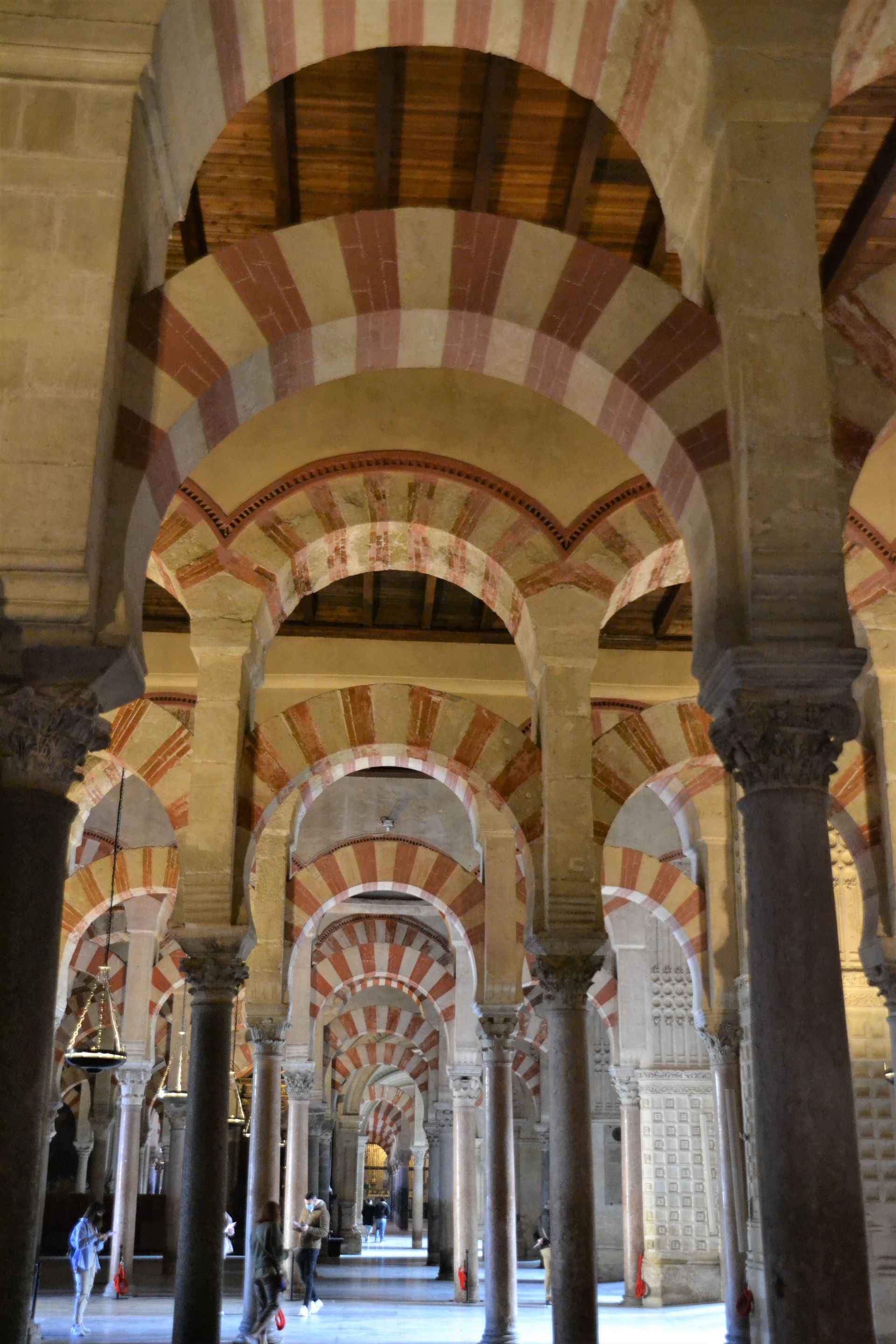

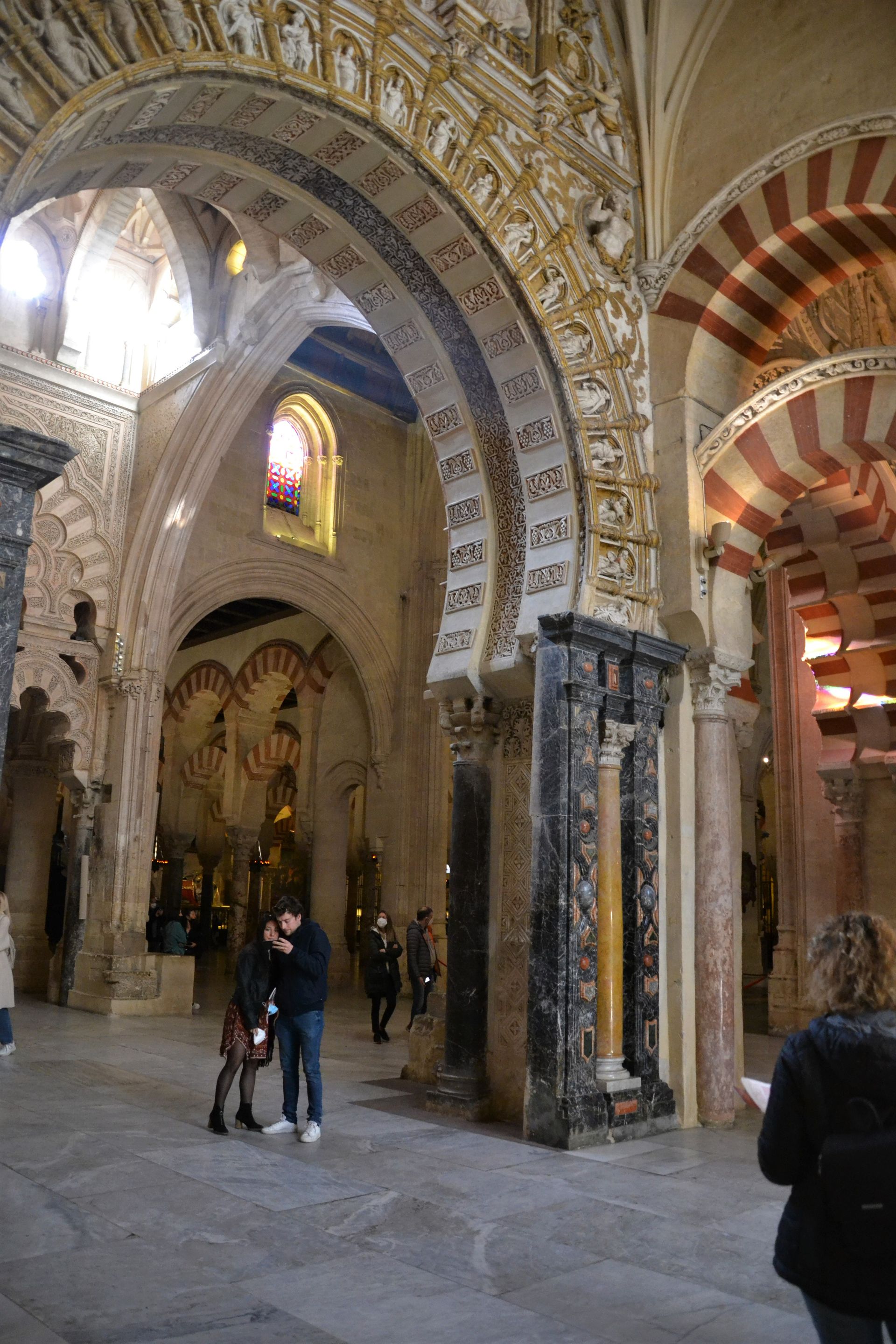

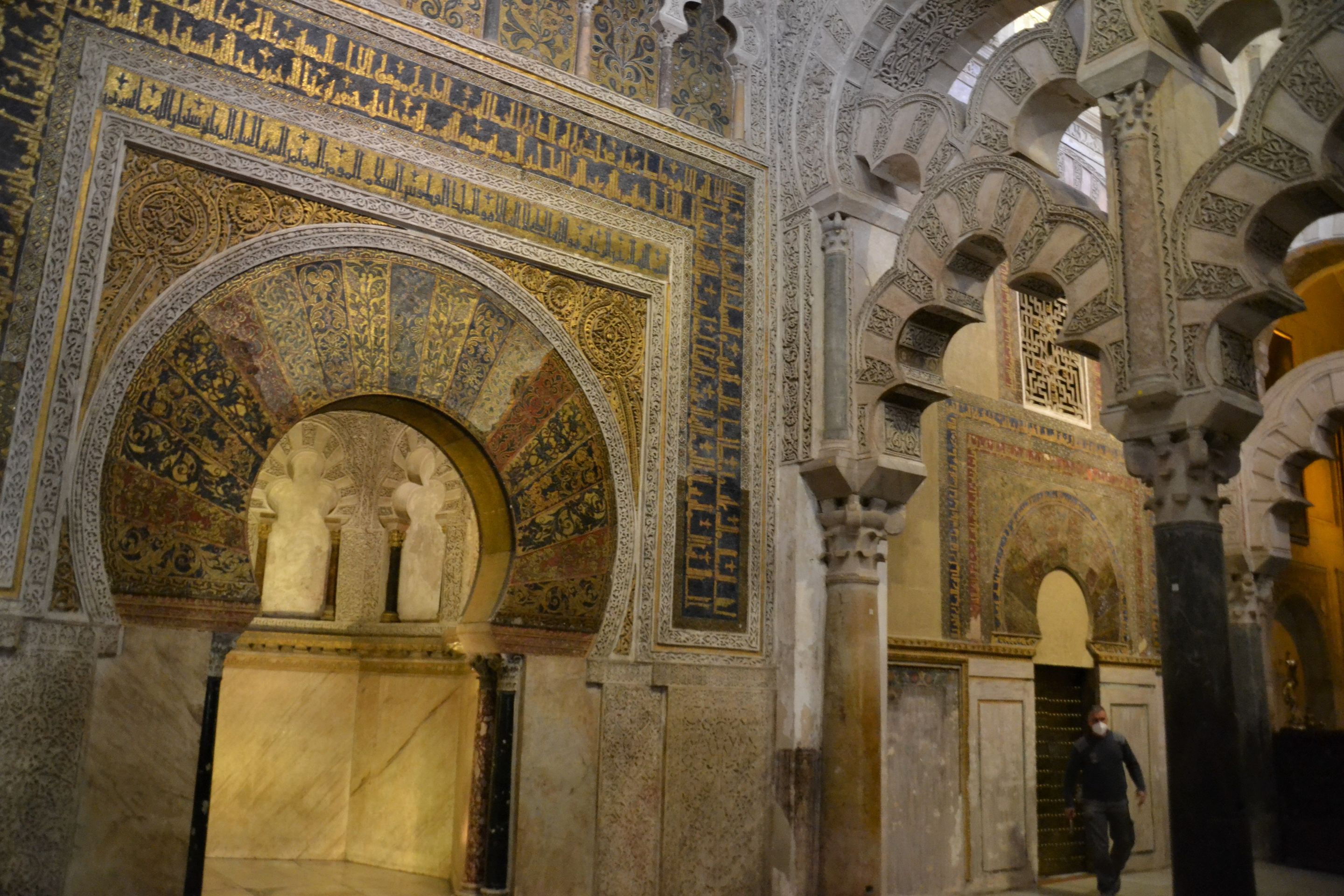

Day 122 - Total tour 7,768 km
---- Subscribe ----
If you would like to subscribe to our blog, you can either sign up with Vakantio and click on subscribe or send us a message and we will add you to our own distribution list. We are also happy to receive feedback!
Email: querfeld2@gmail.com
สมัครรับจดหมายข่าว
คำตอบ
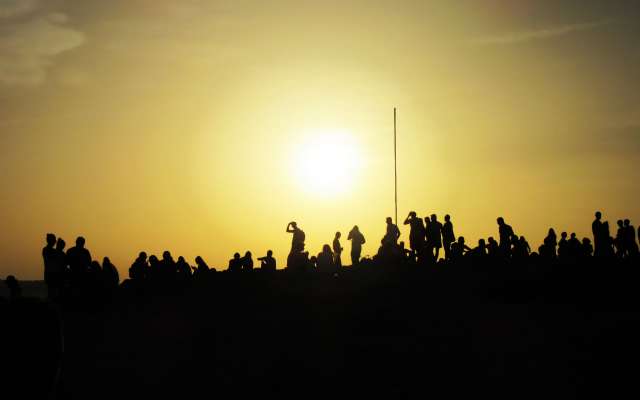
รายงานการเดินทาง สเปน
